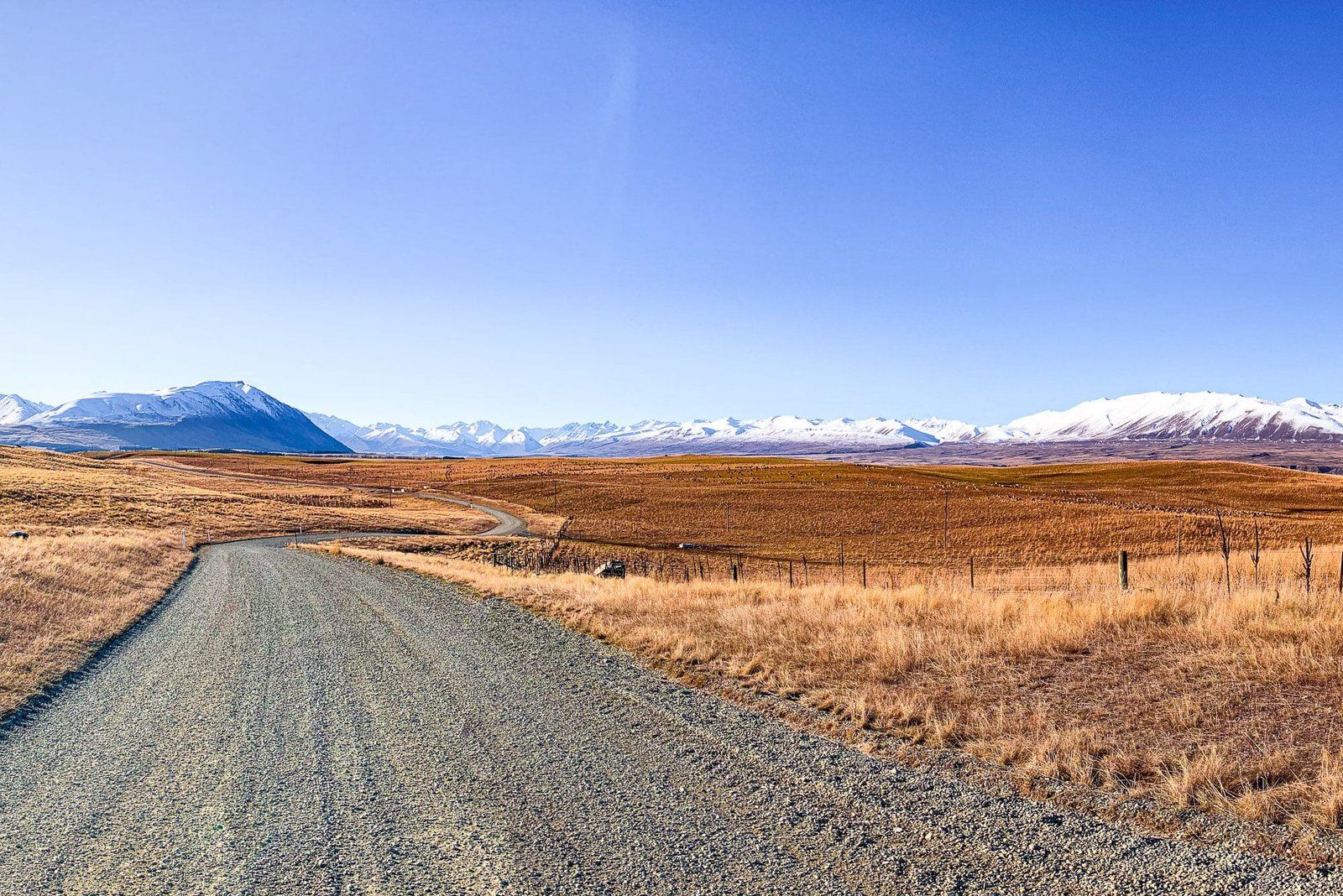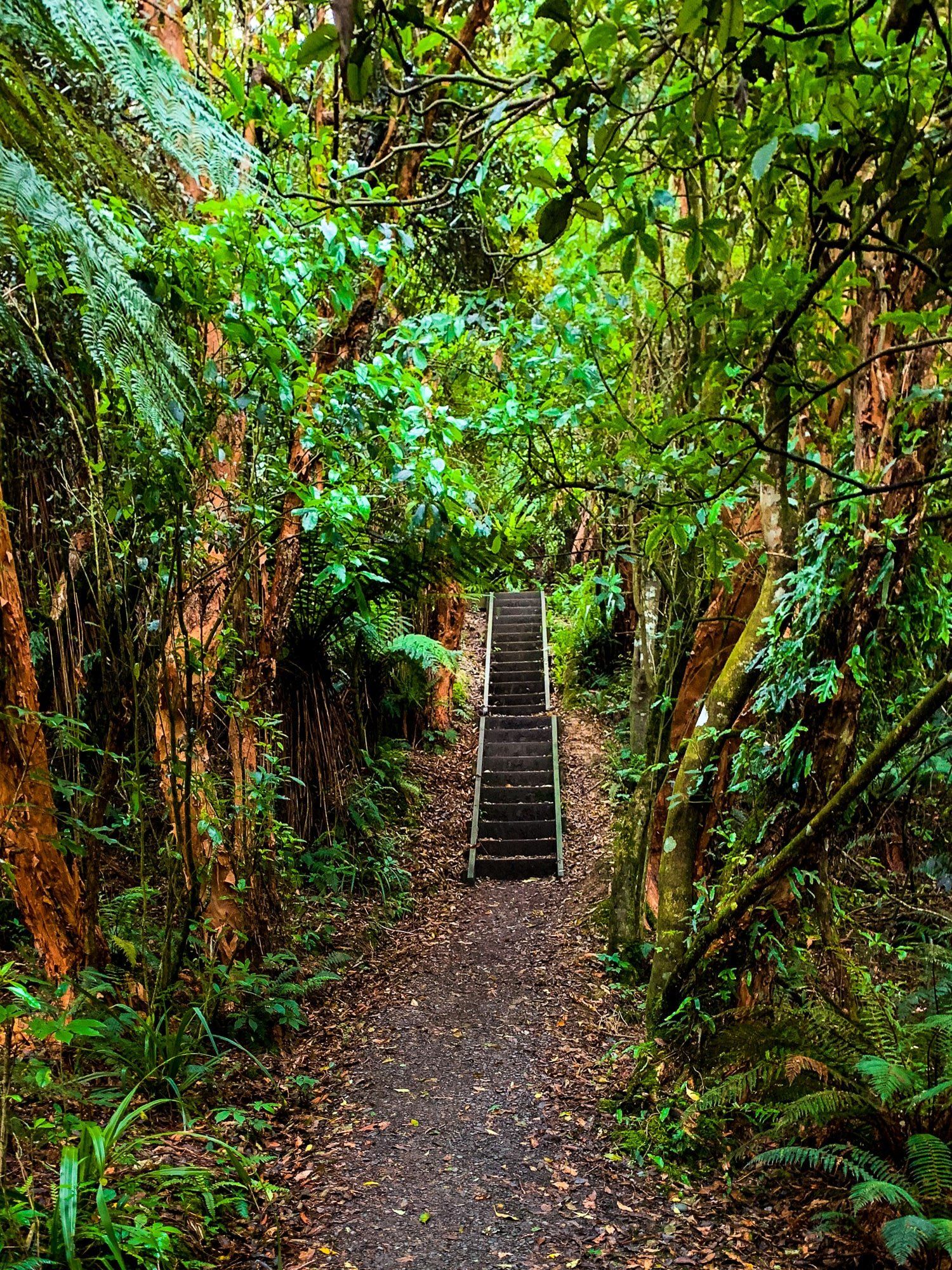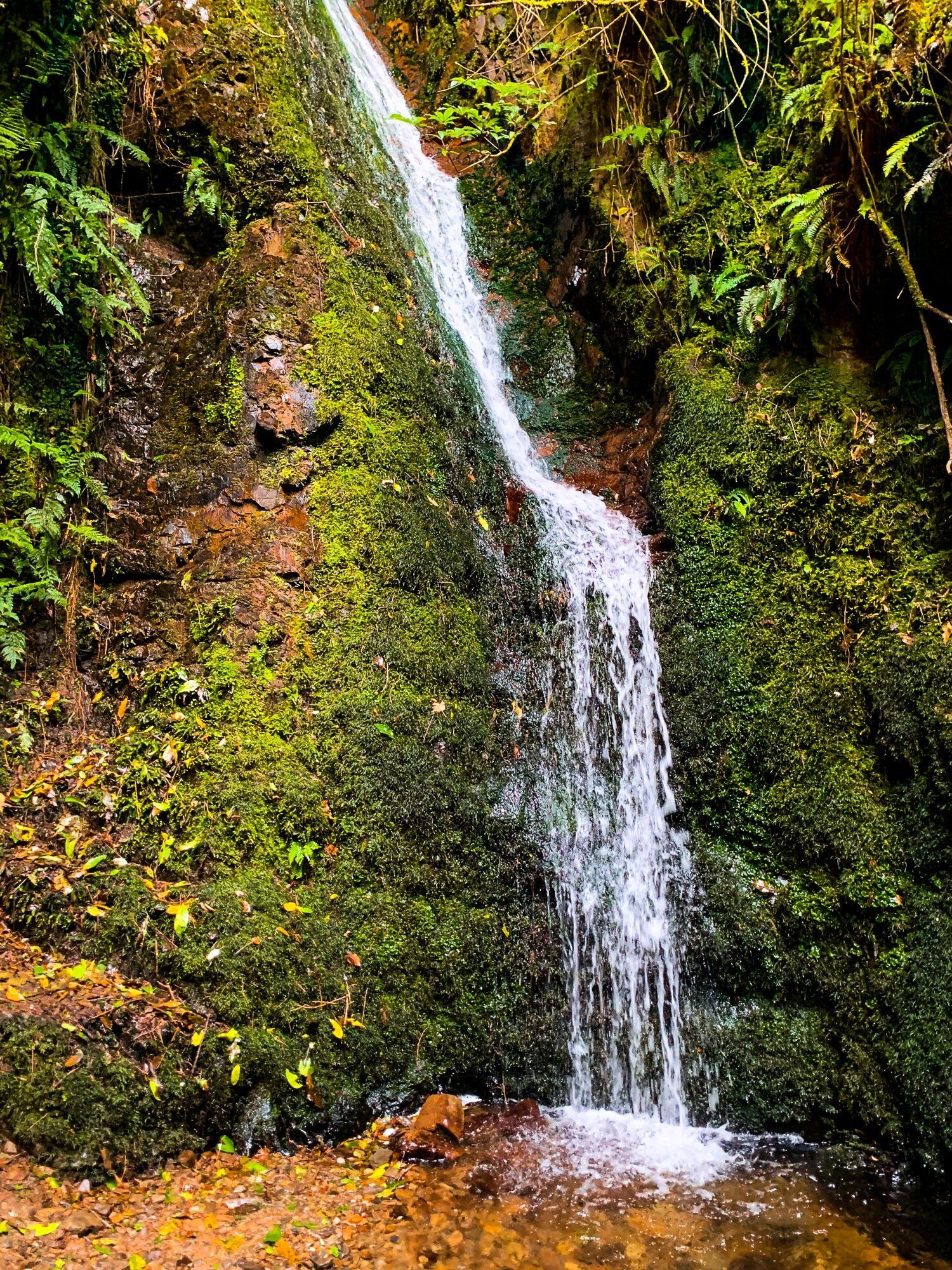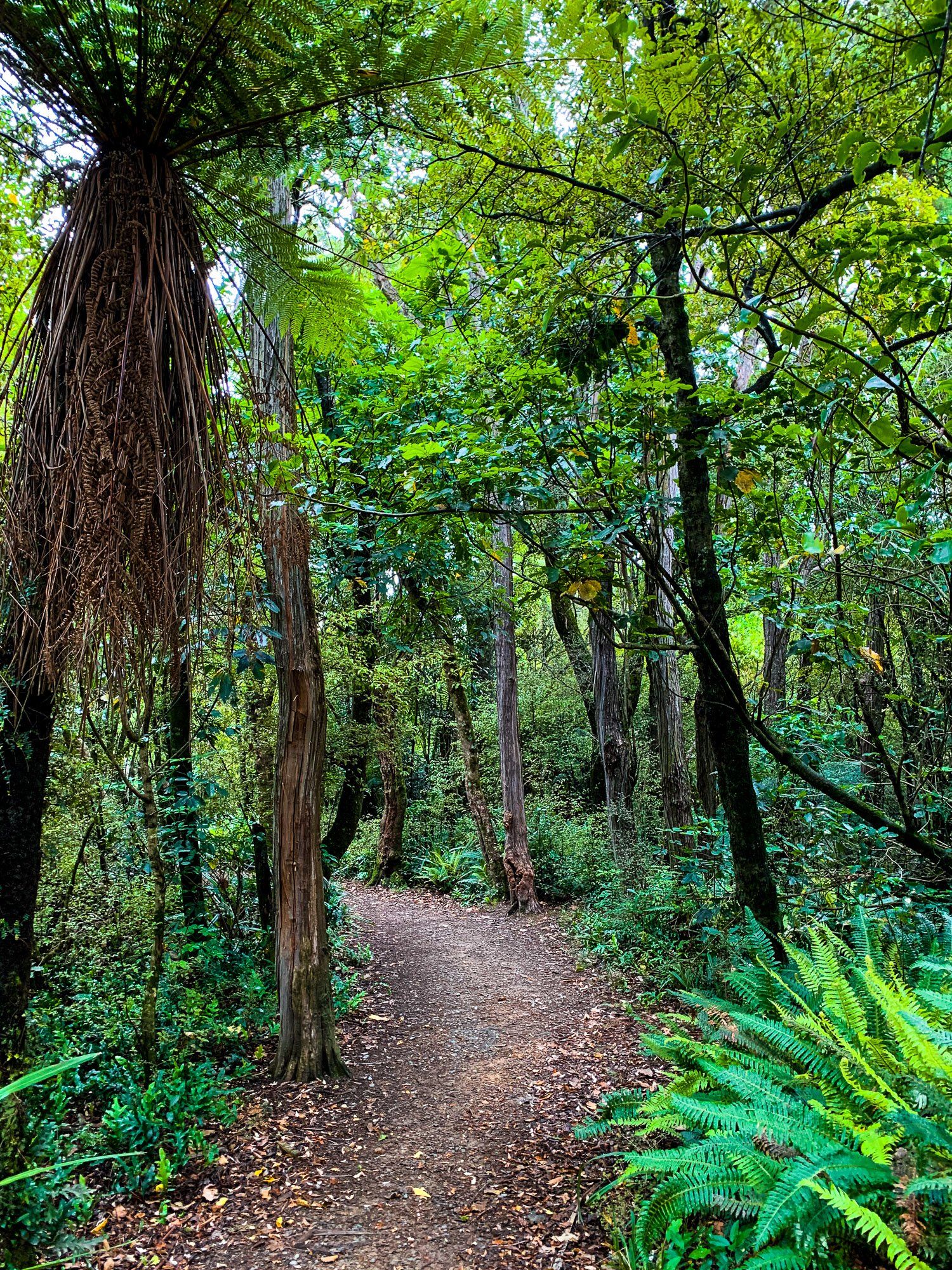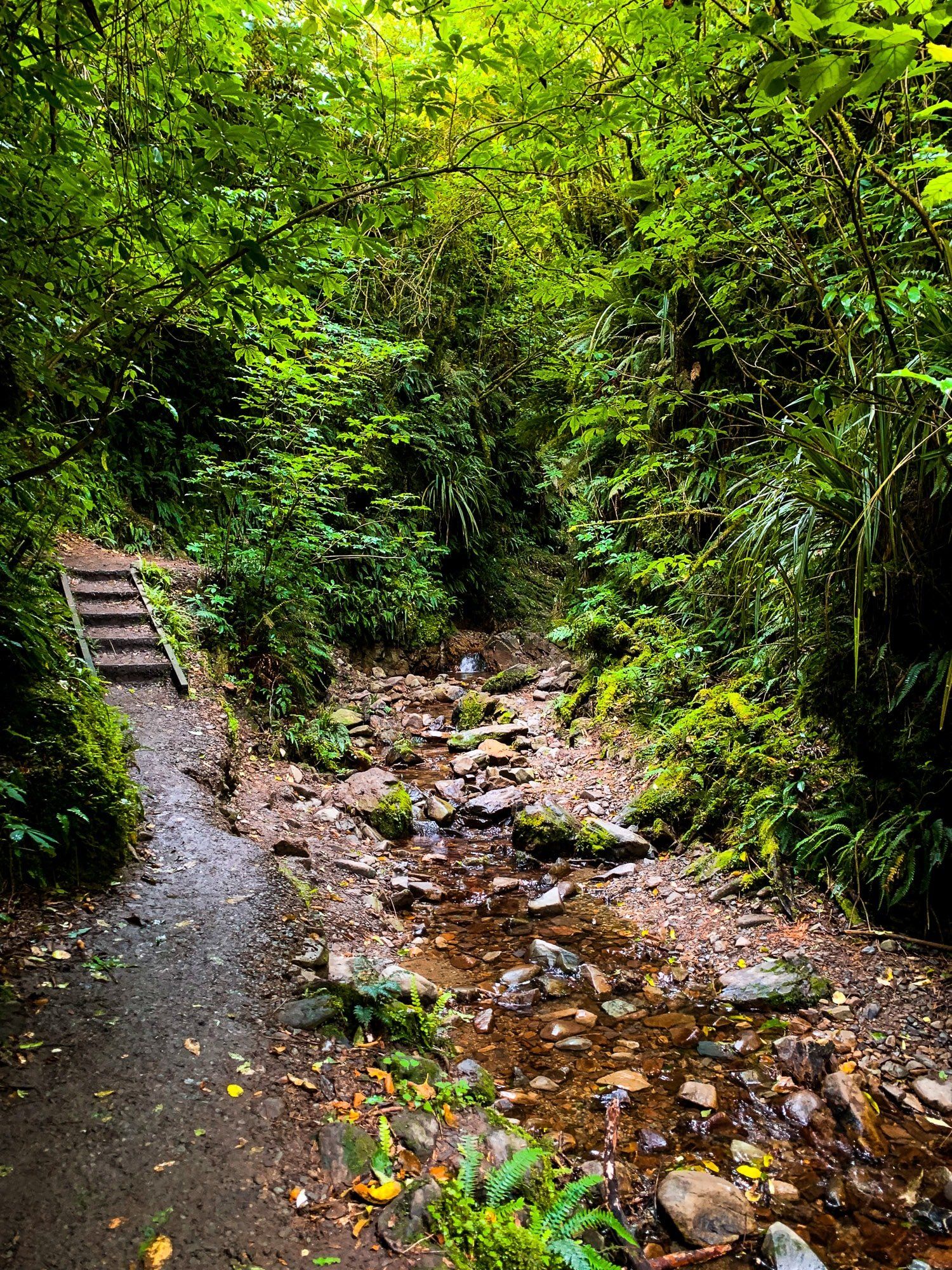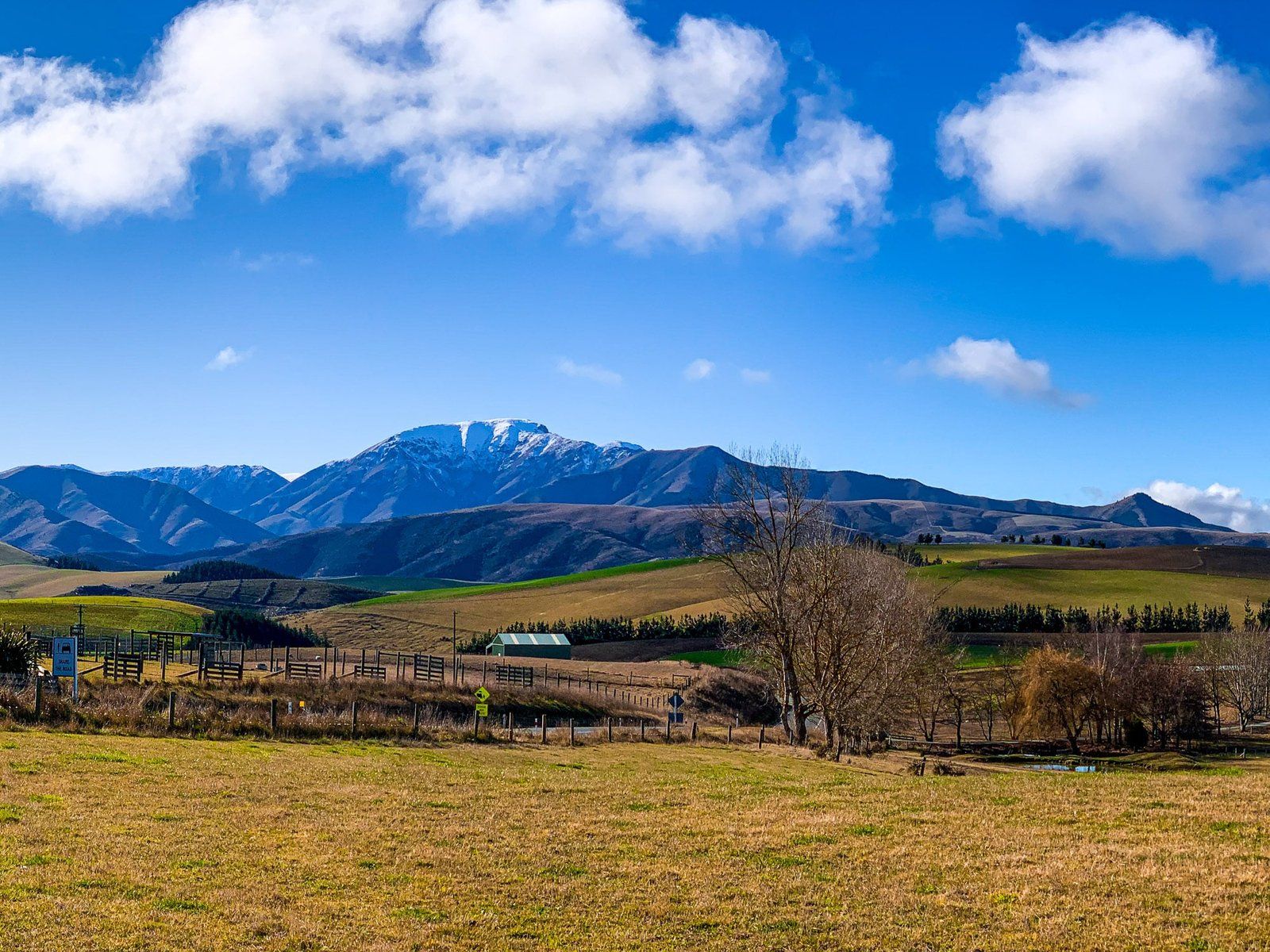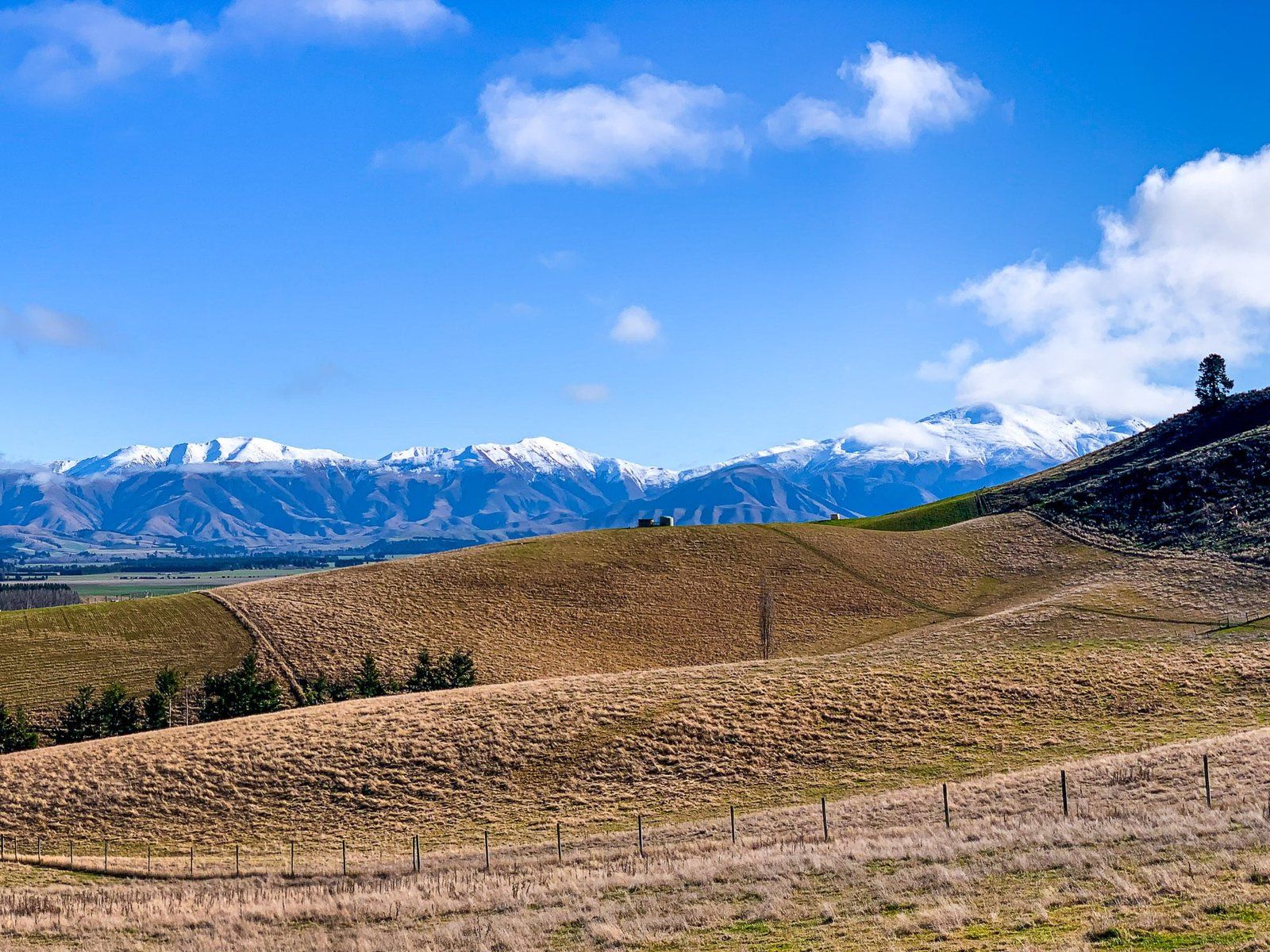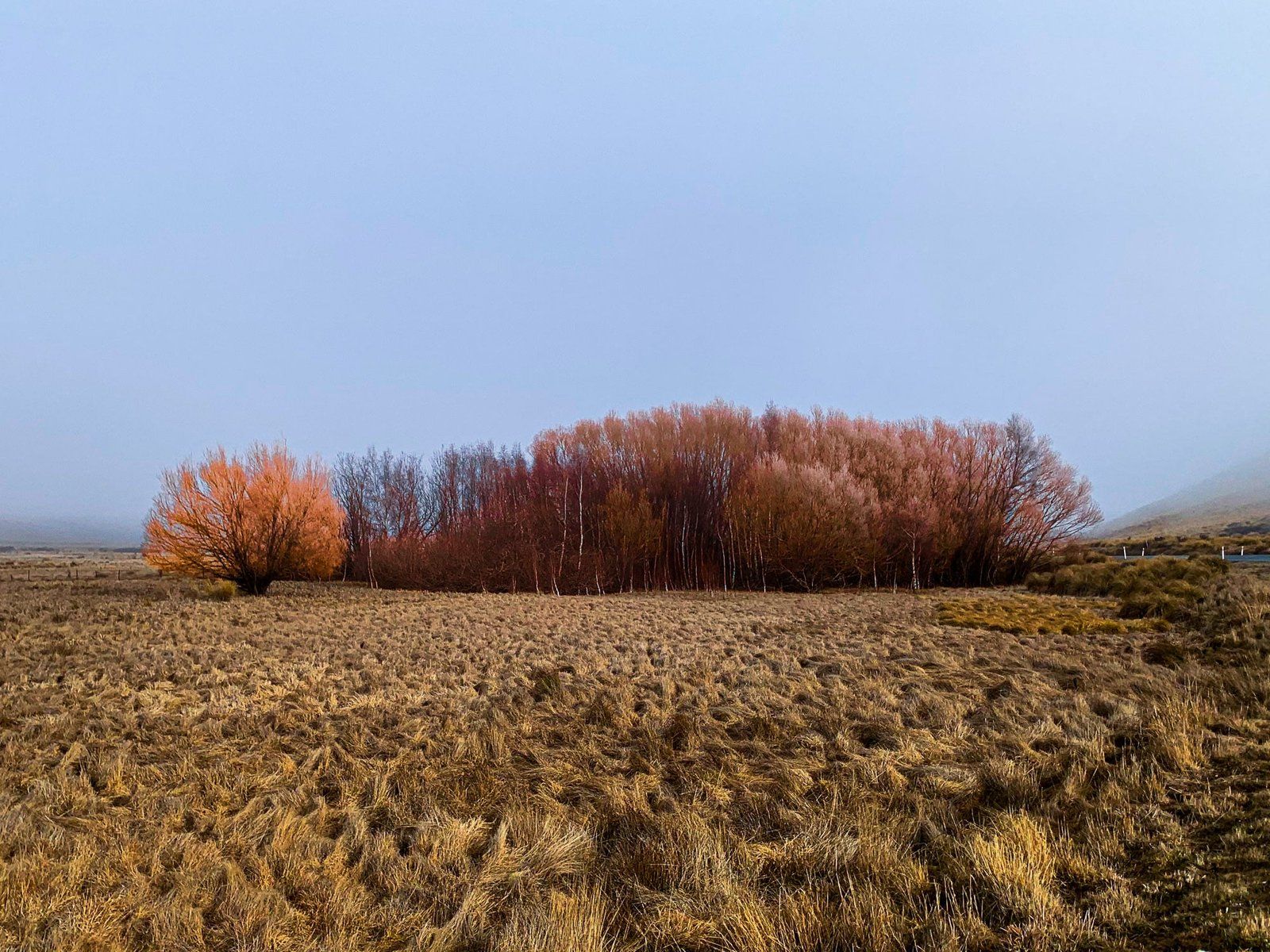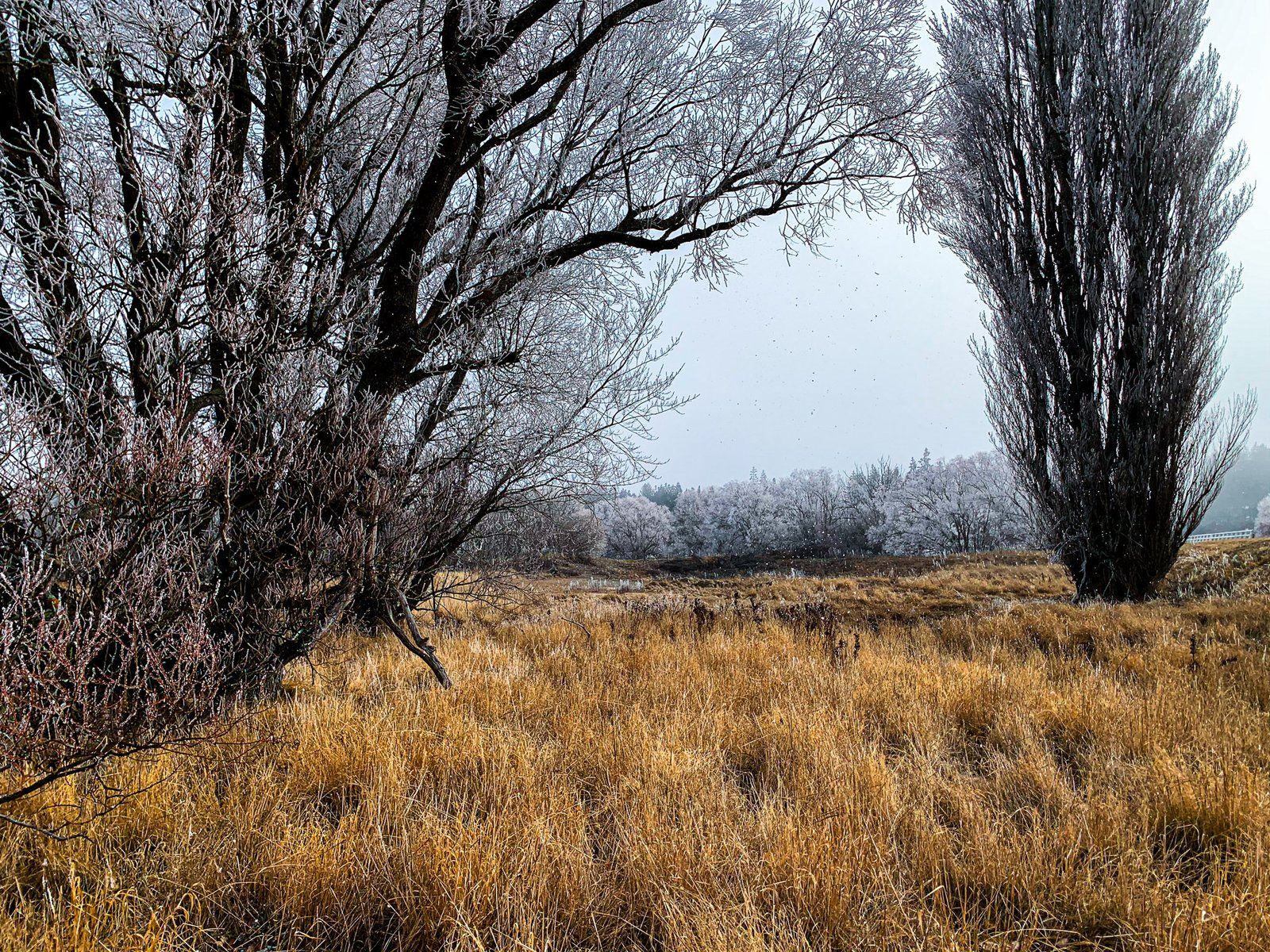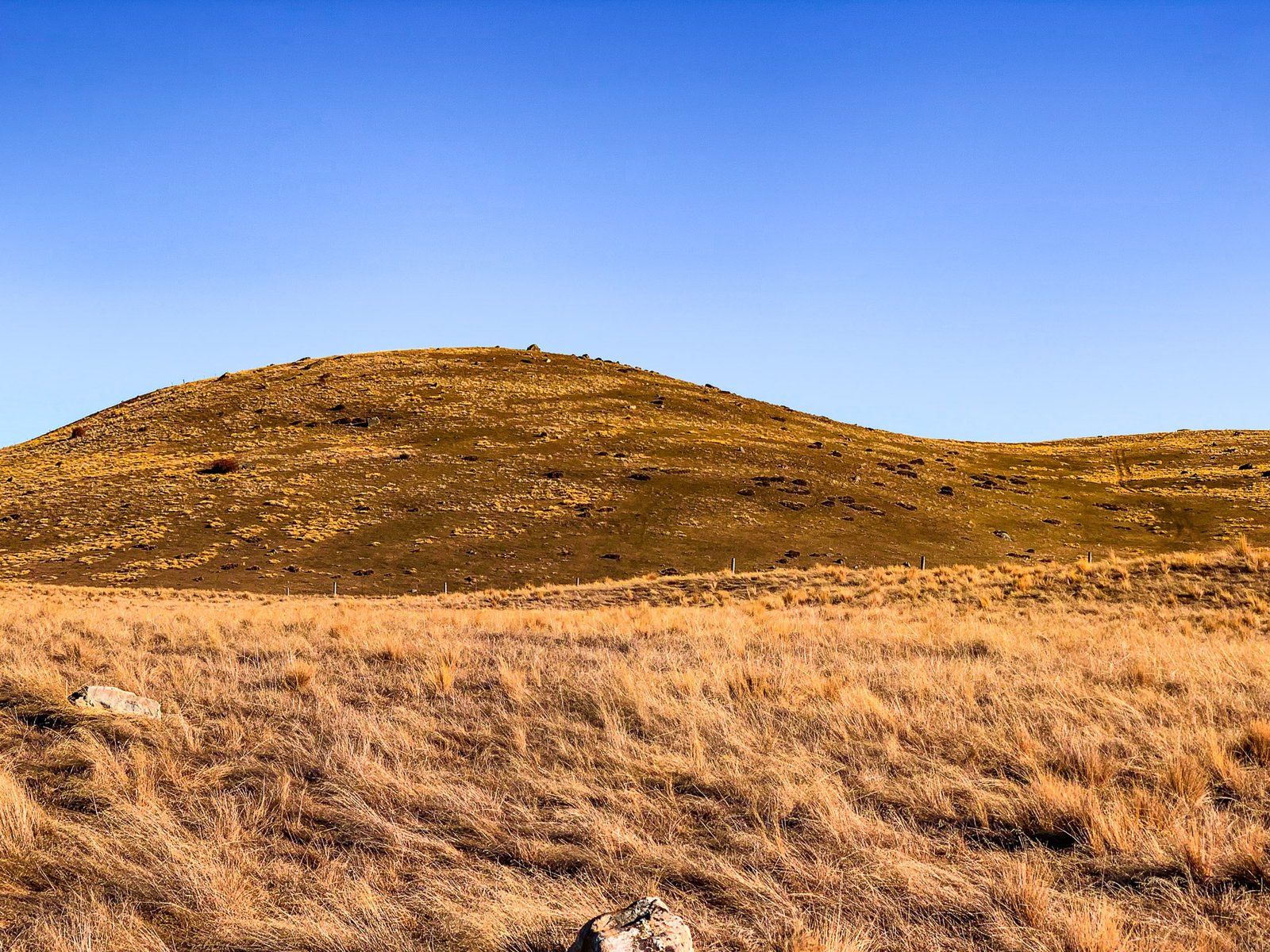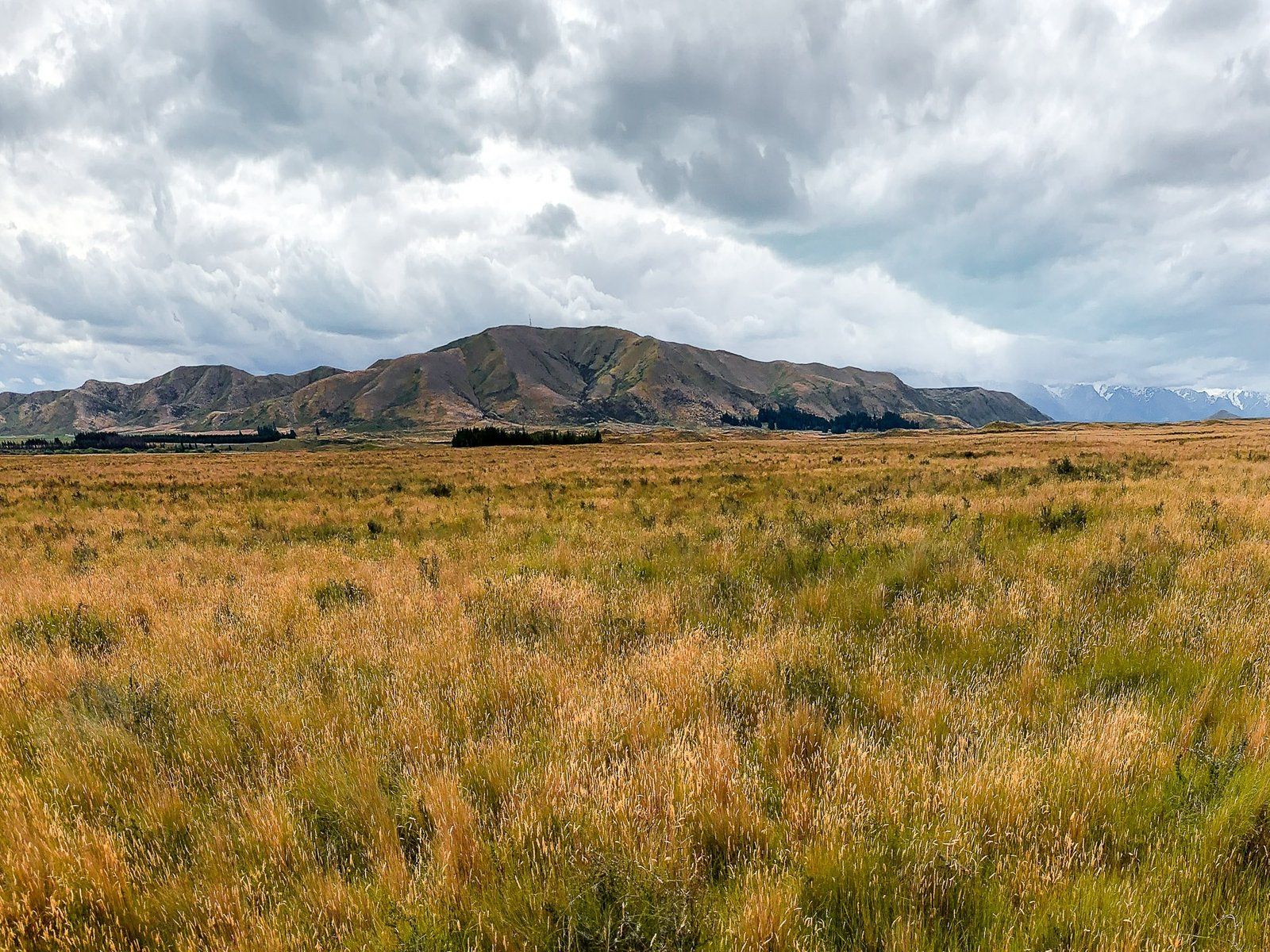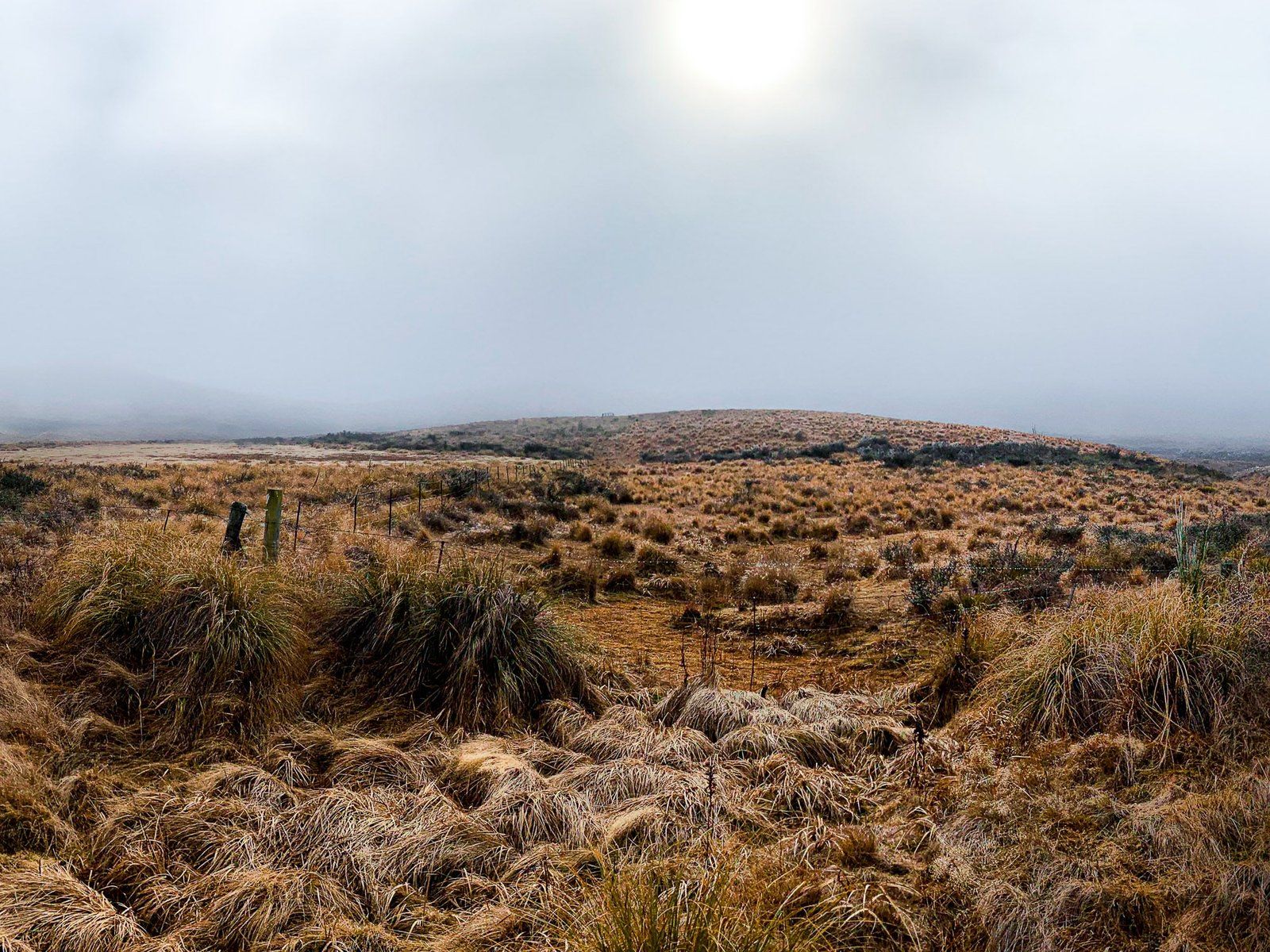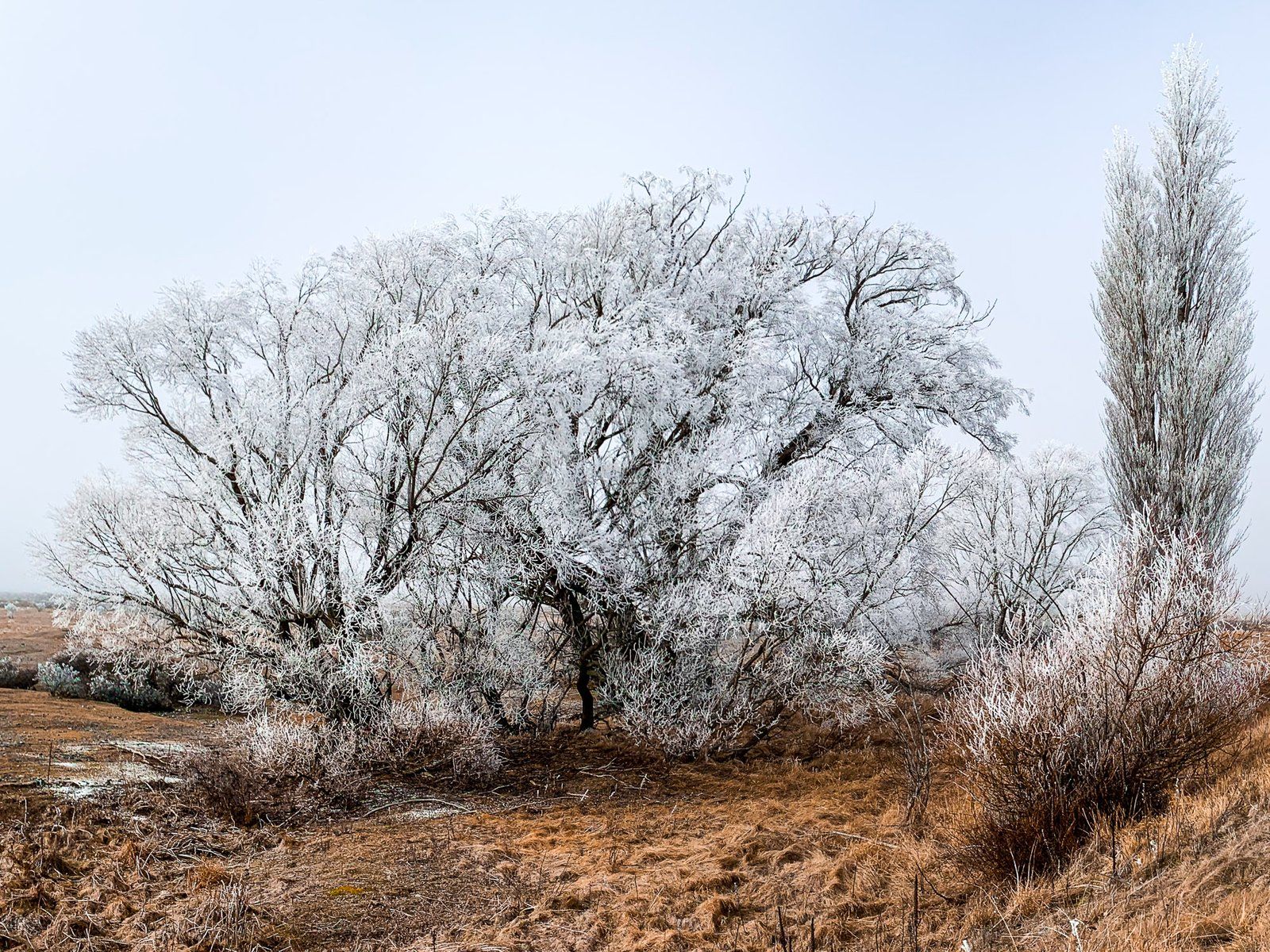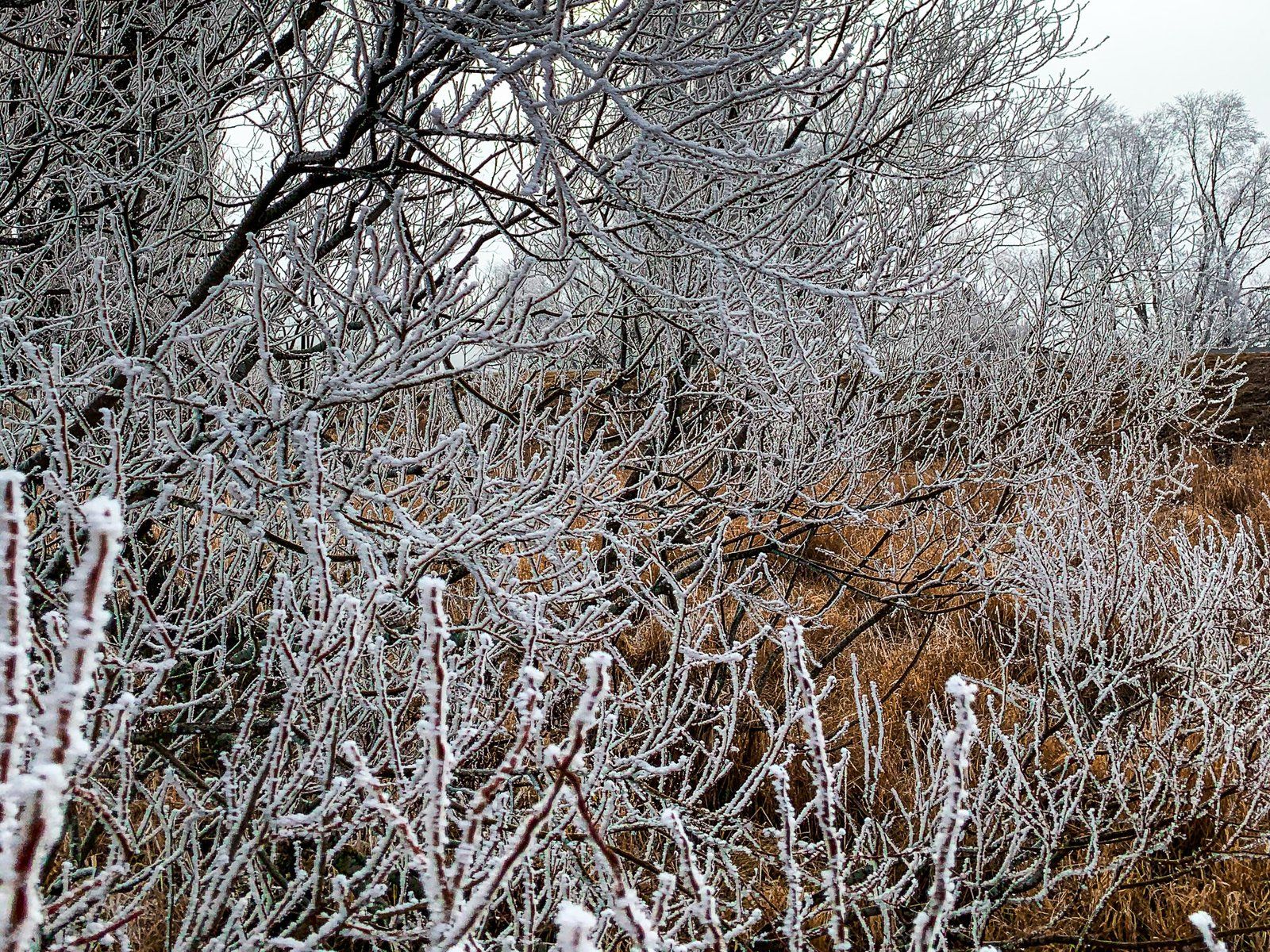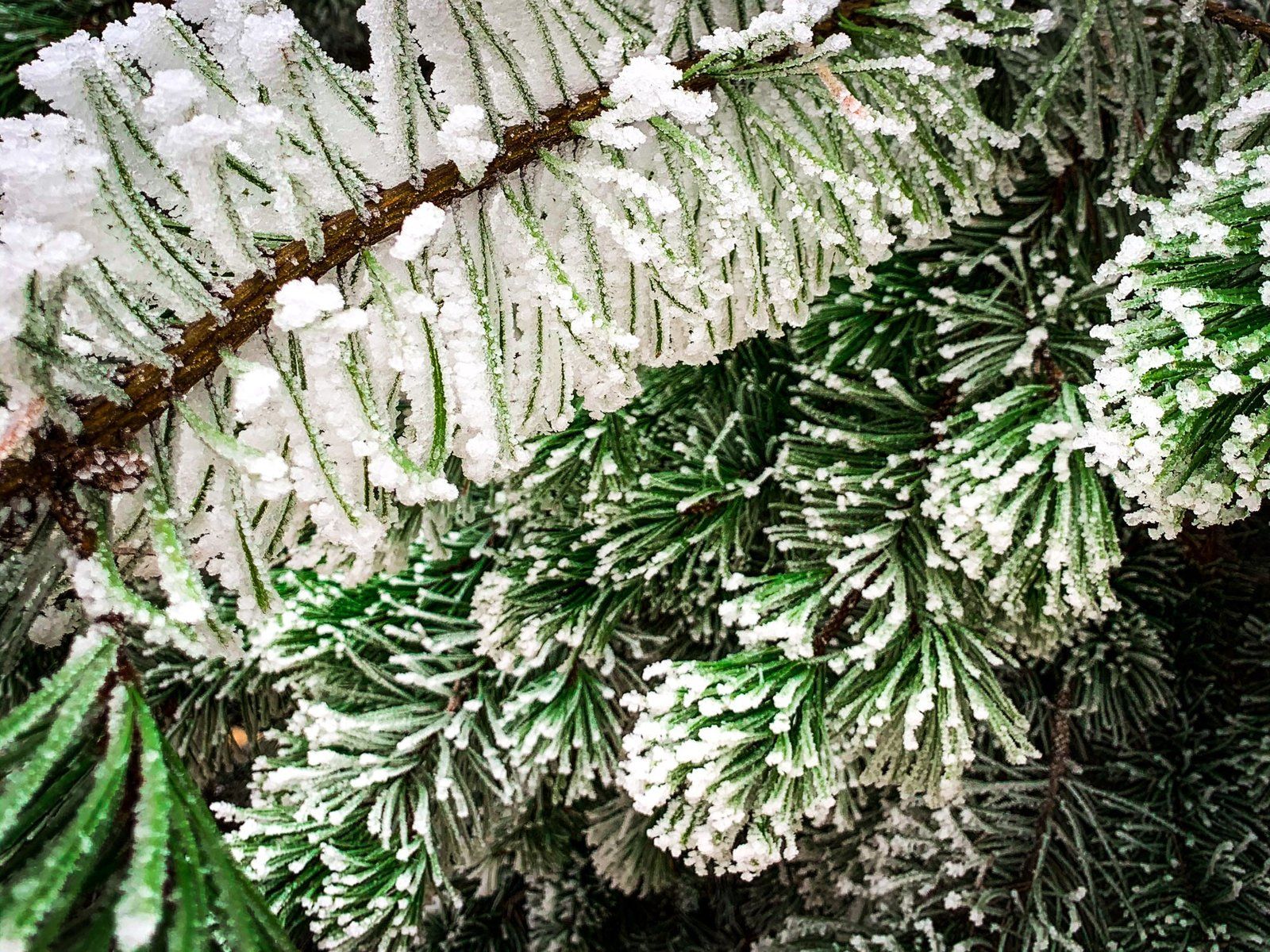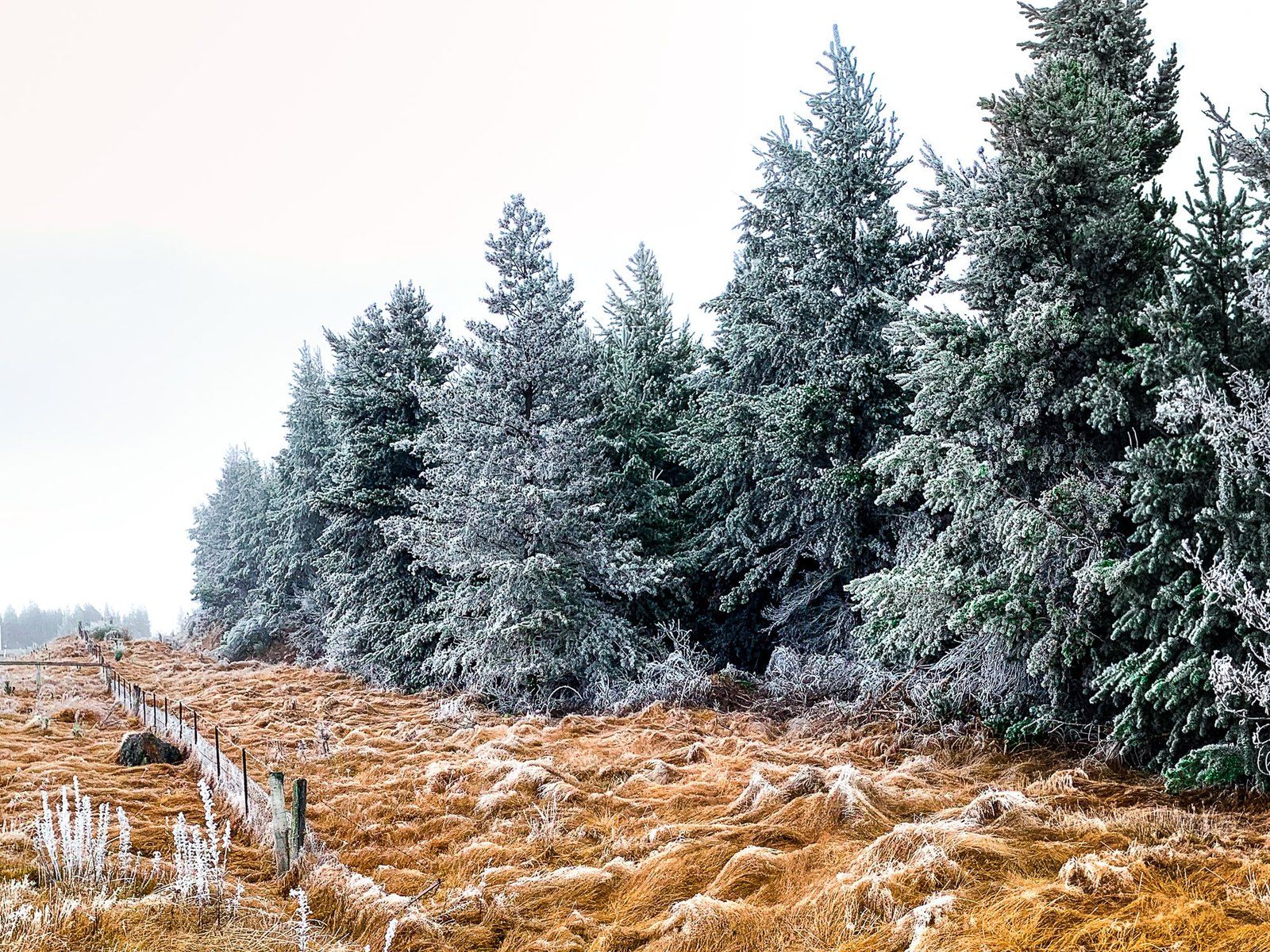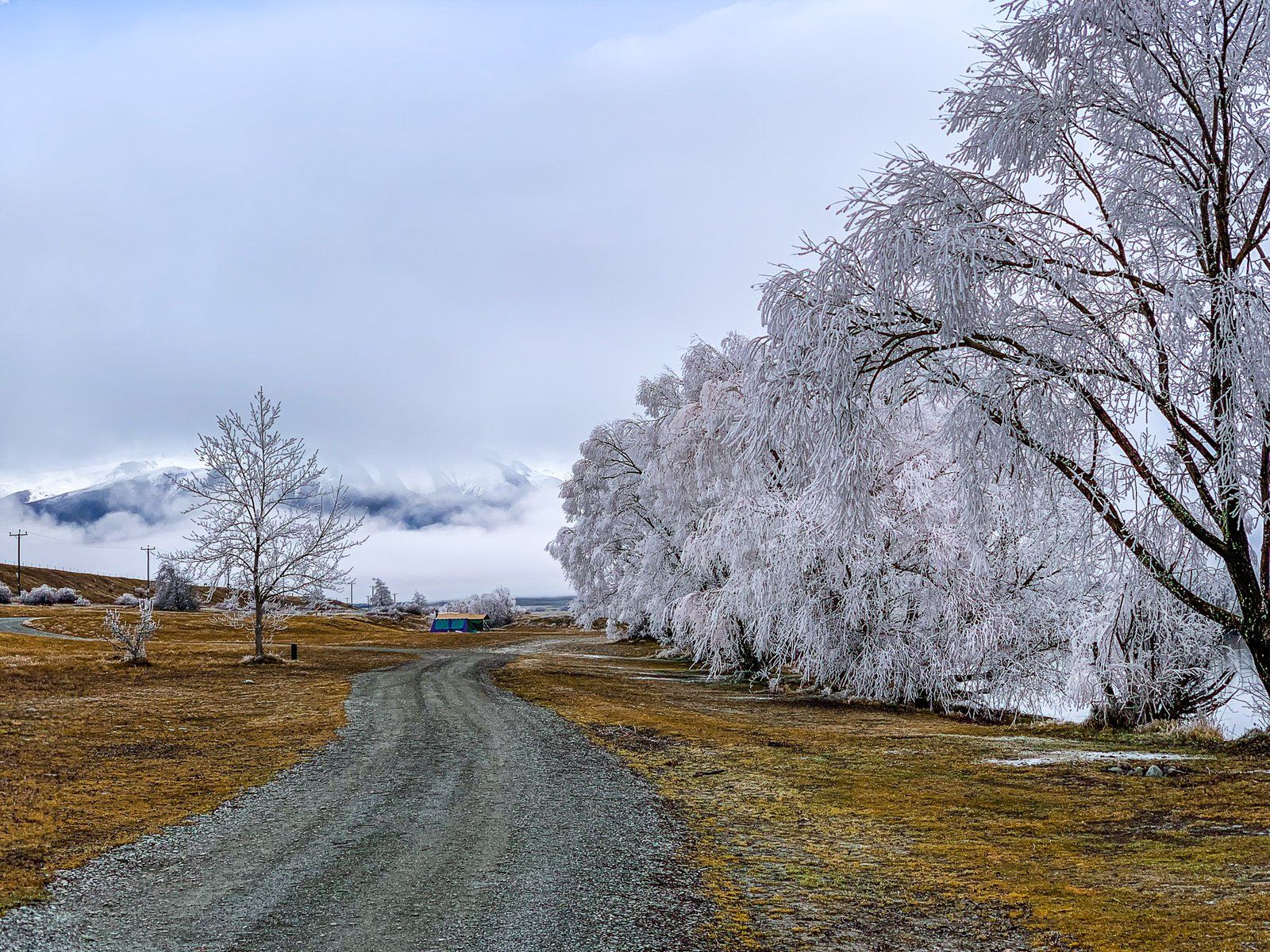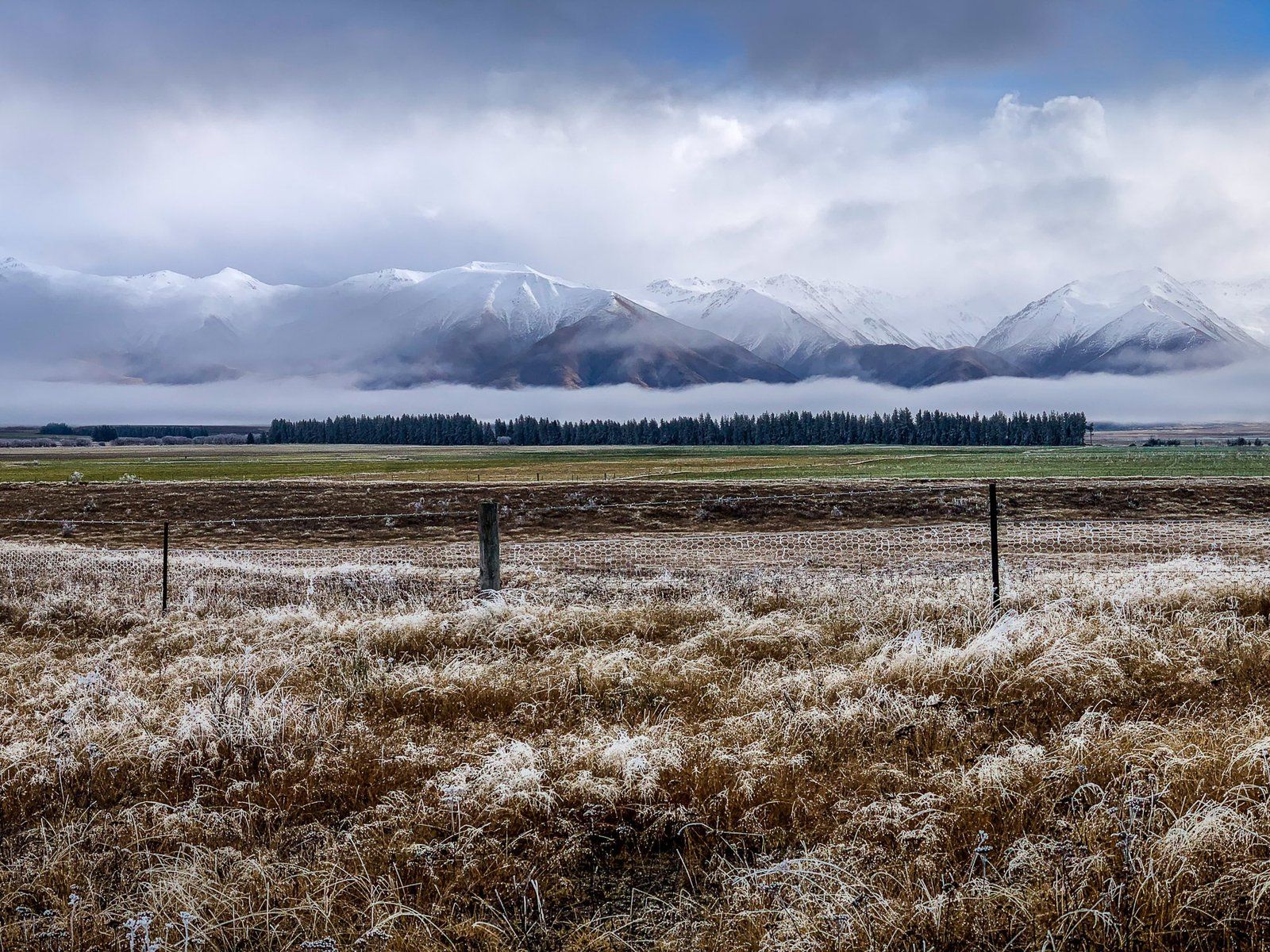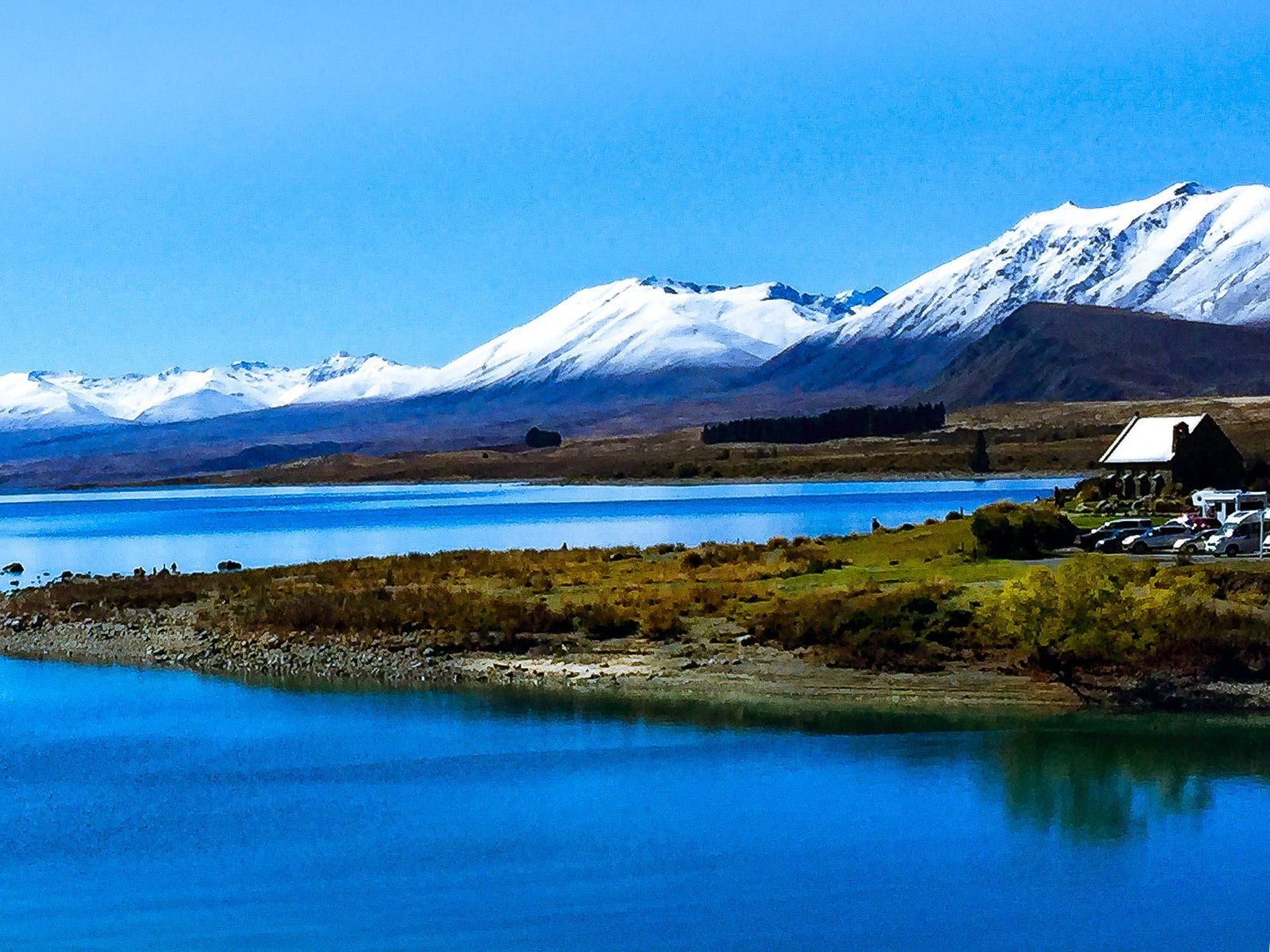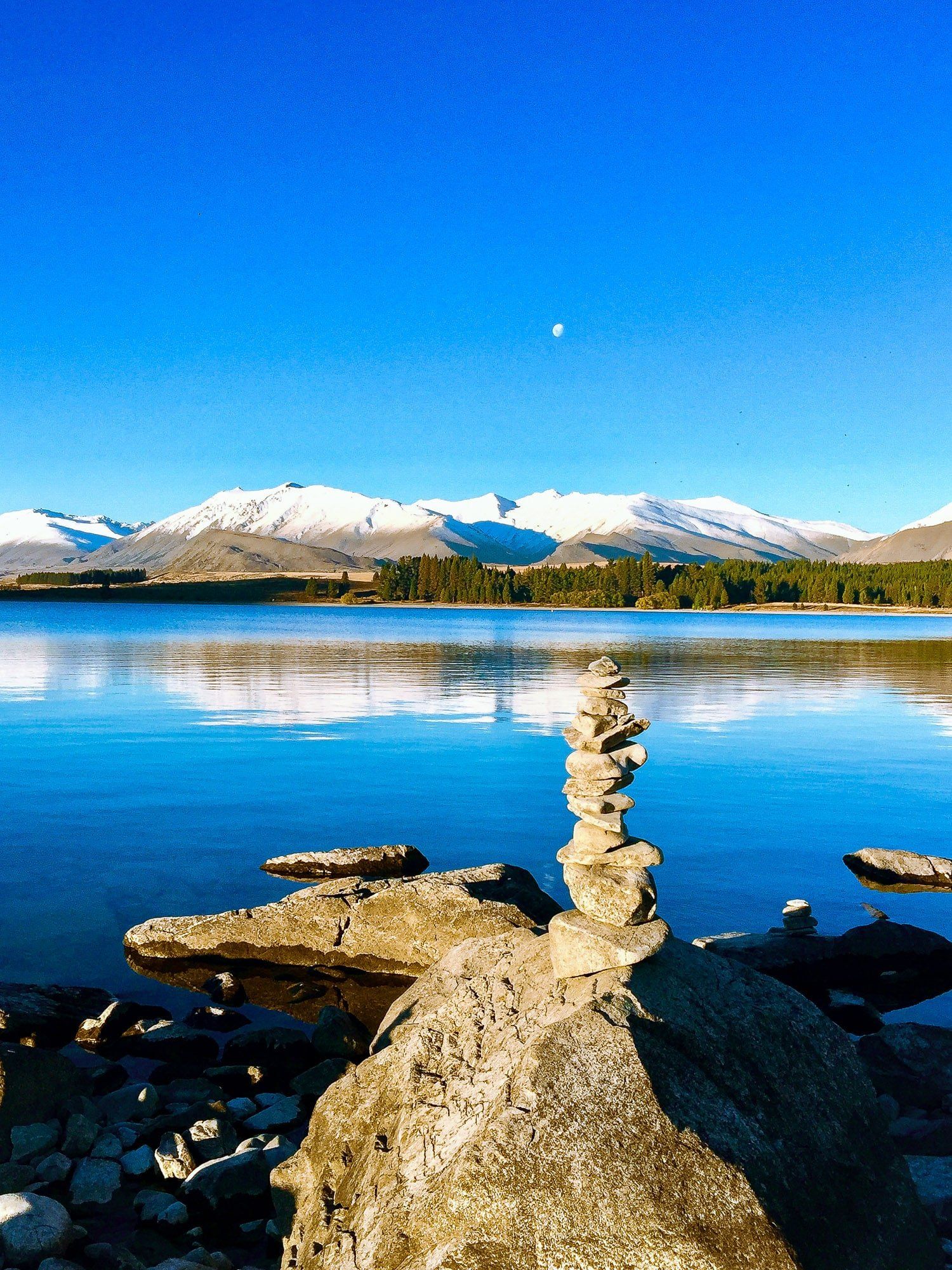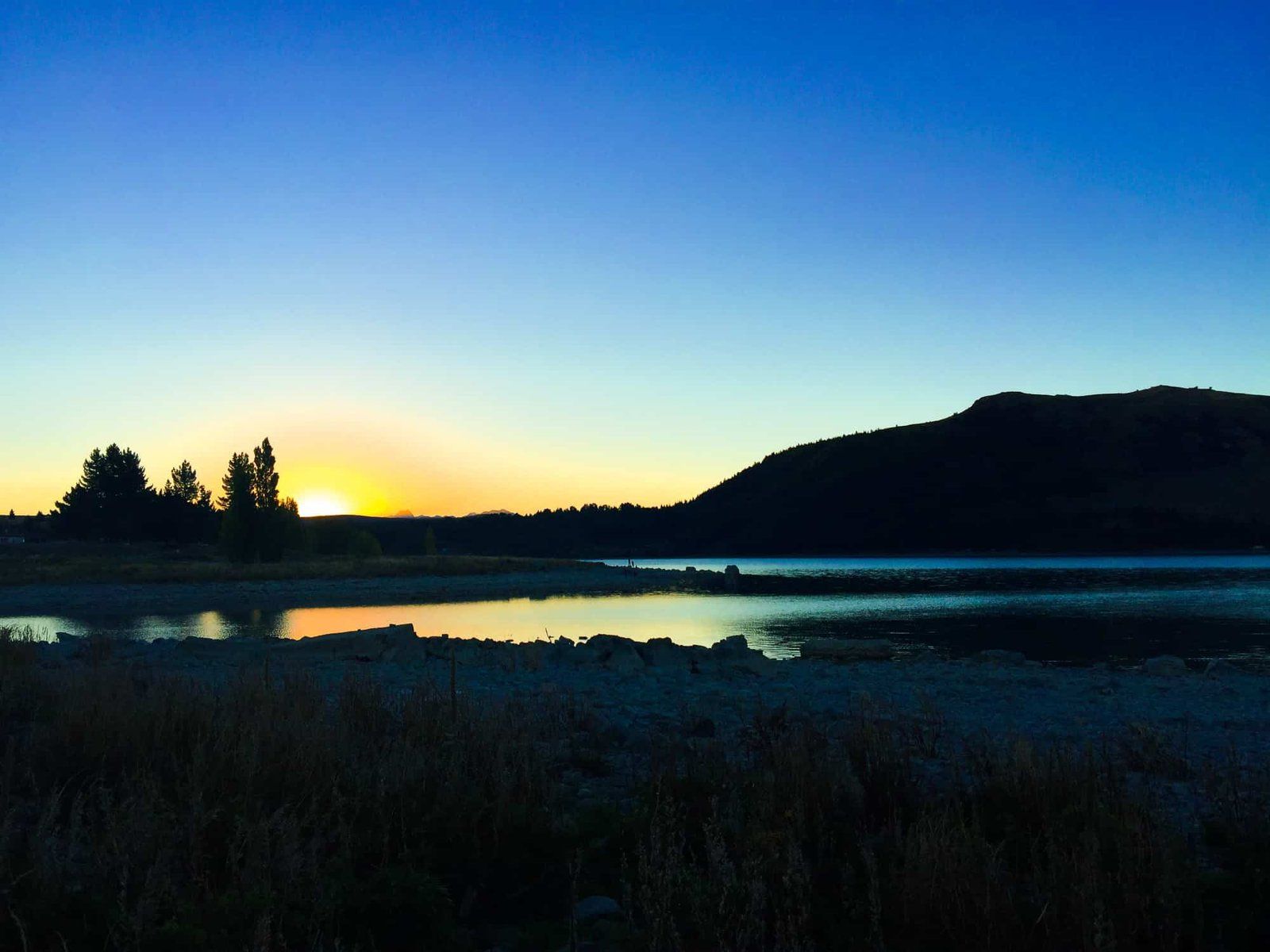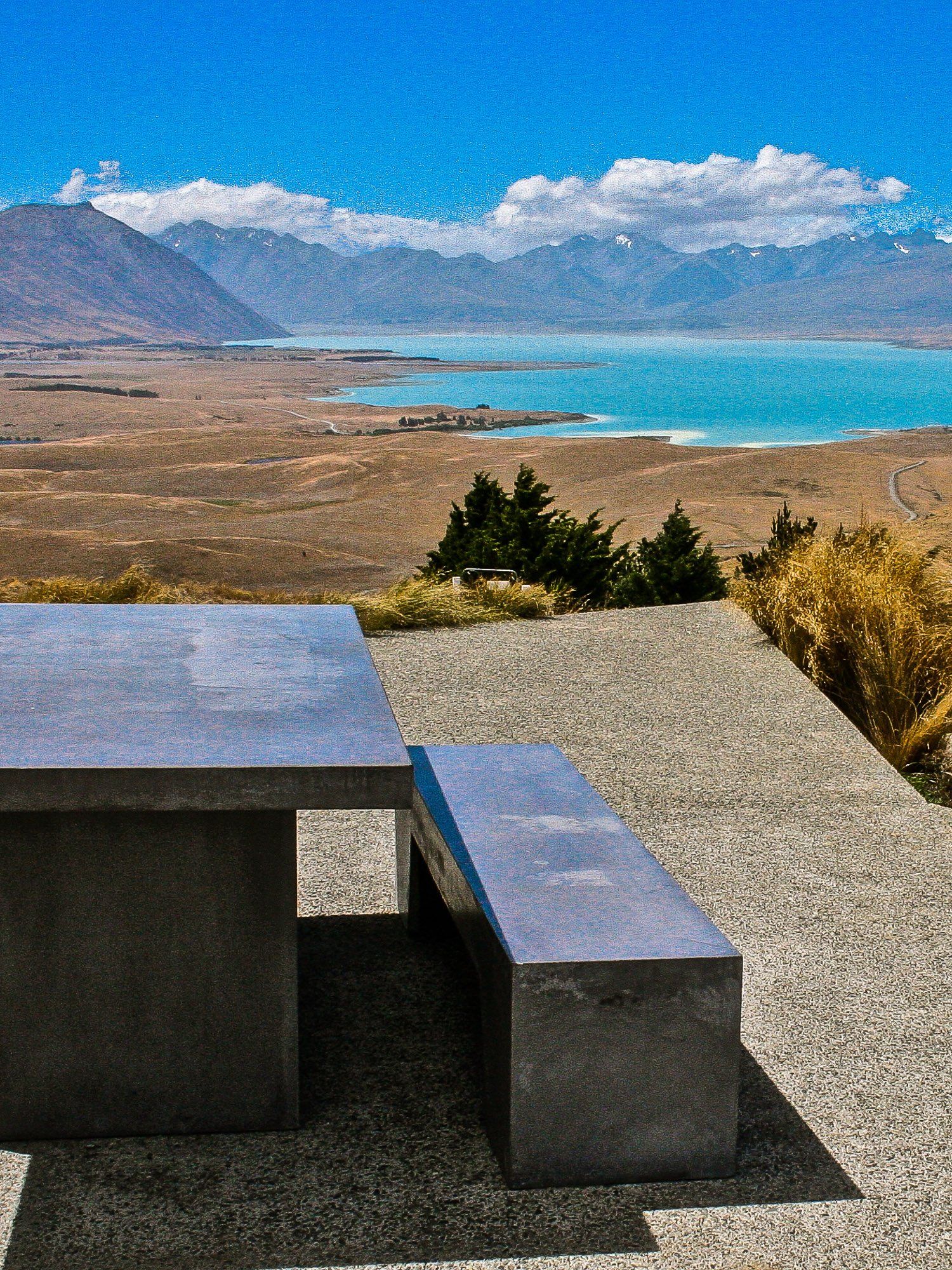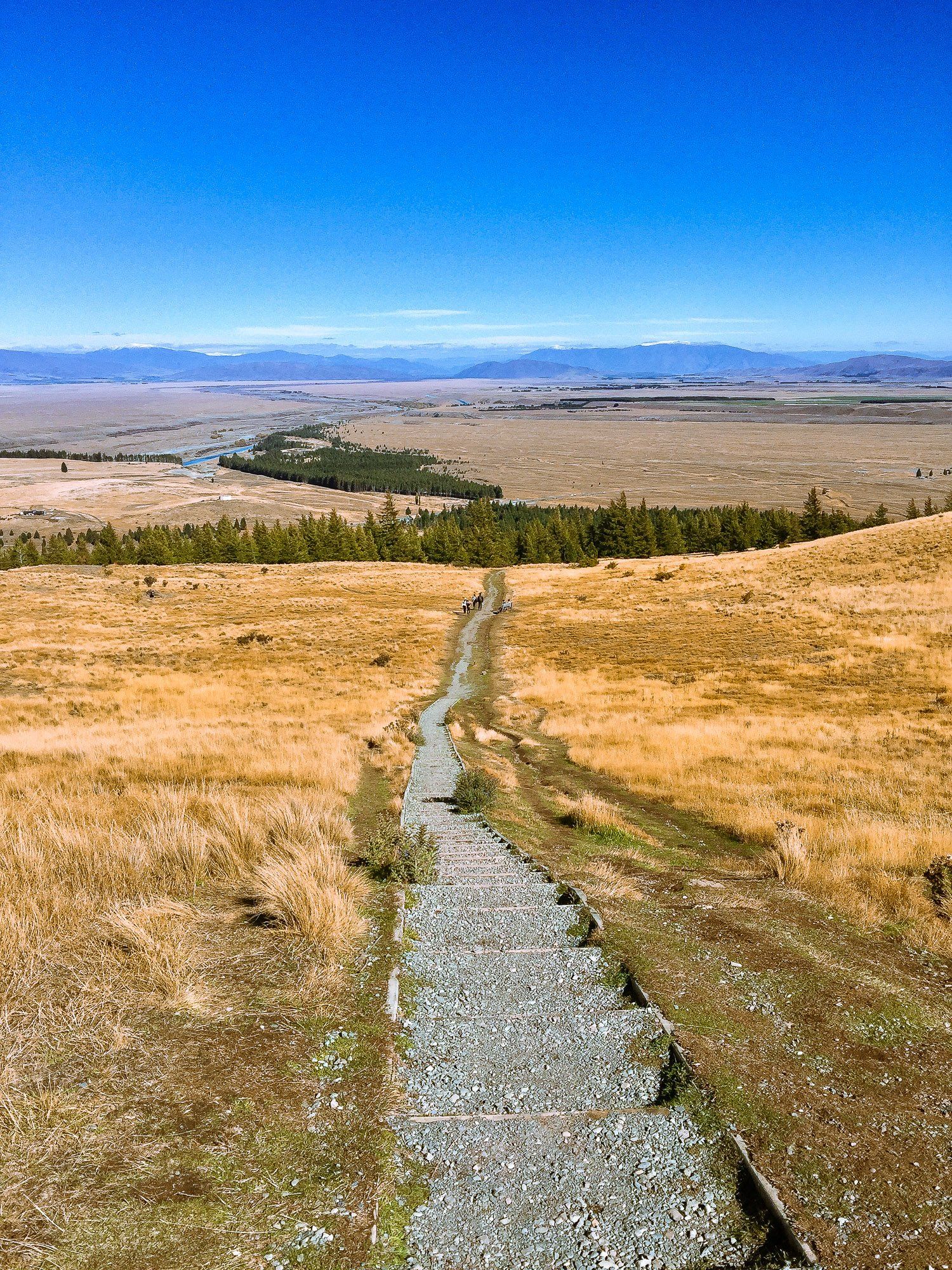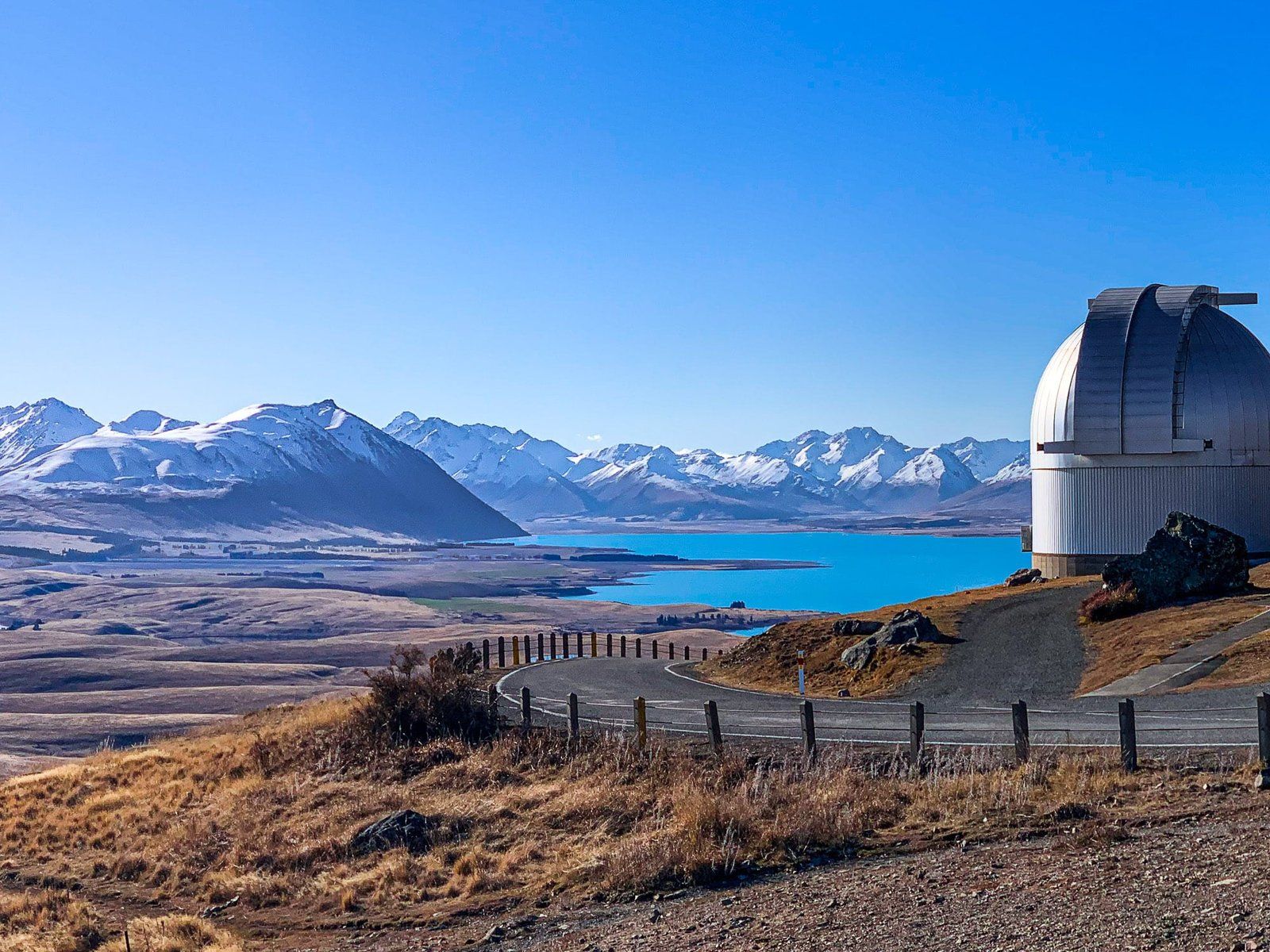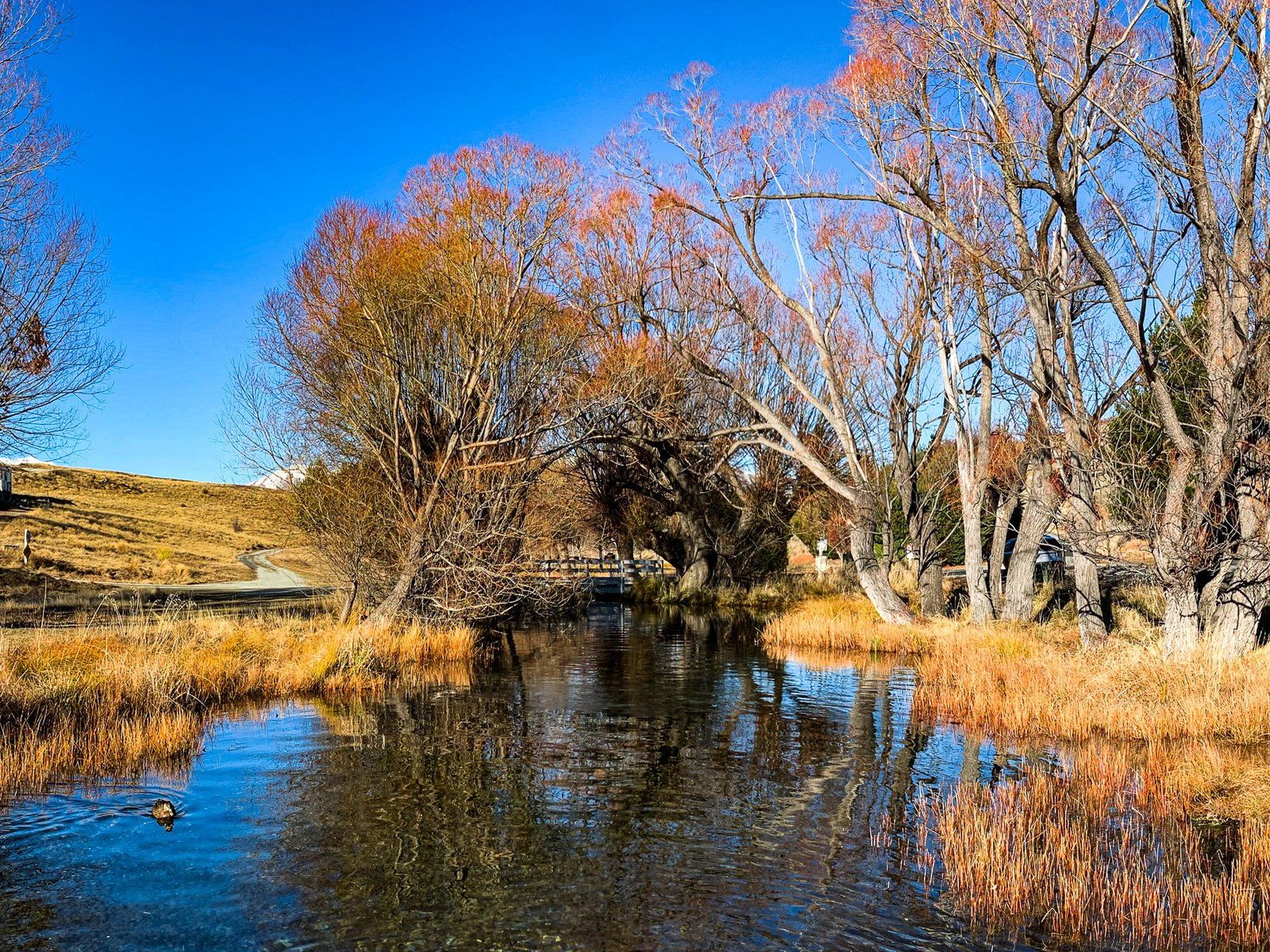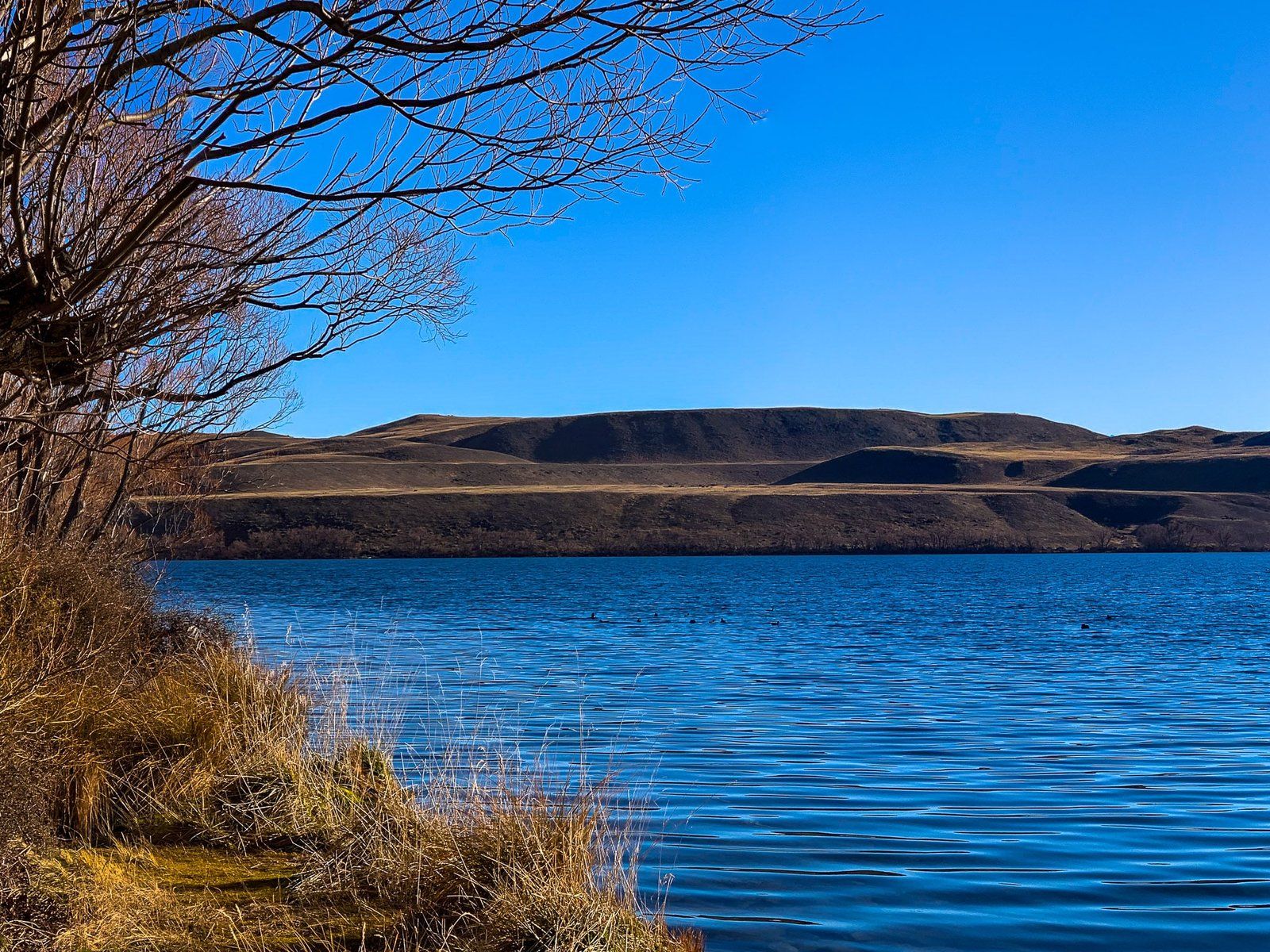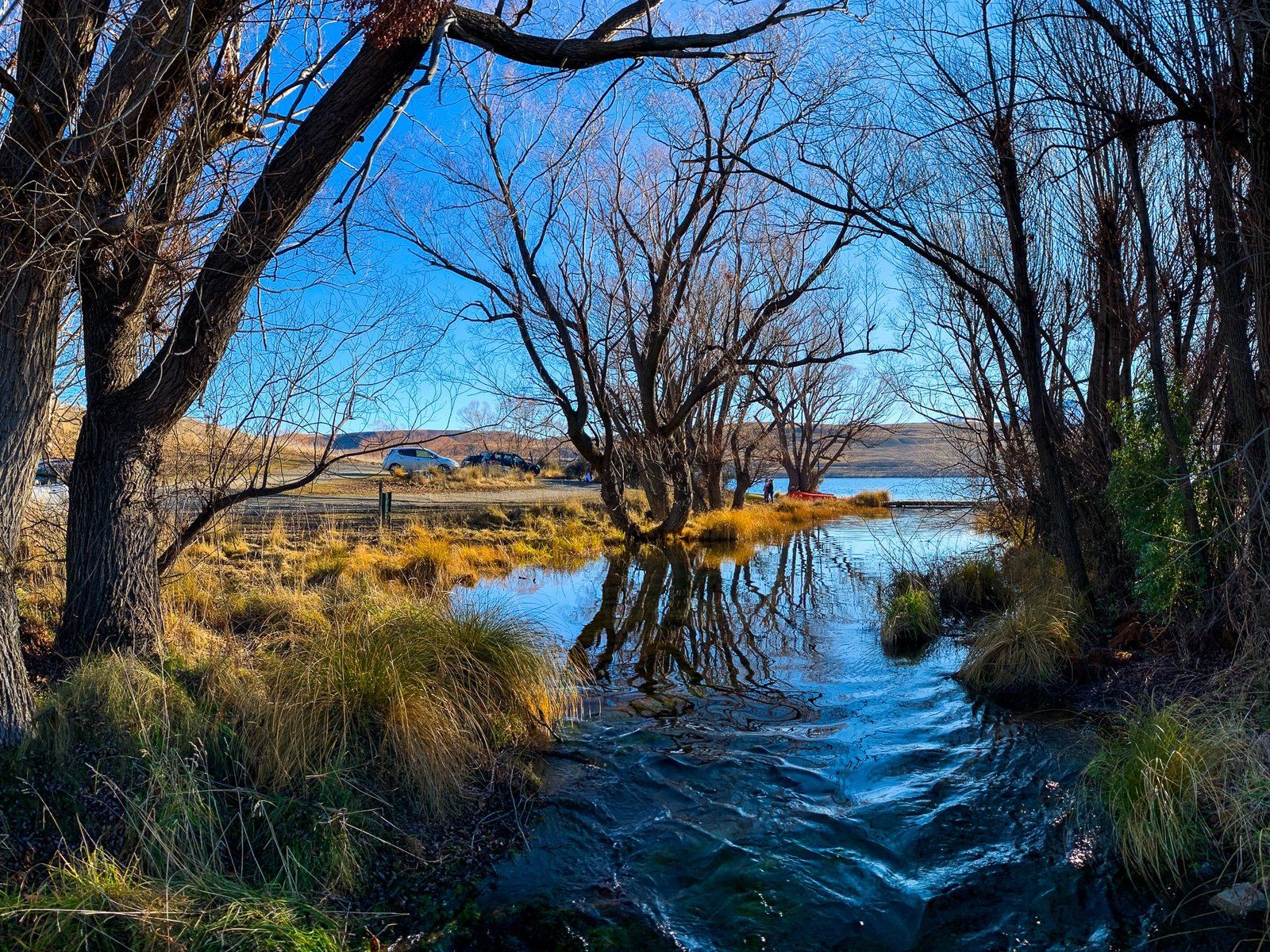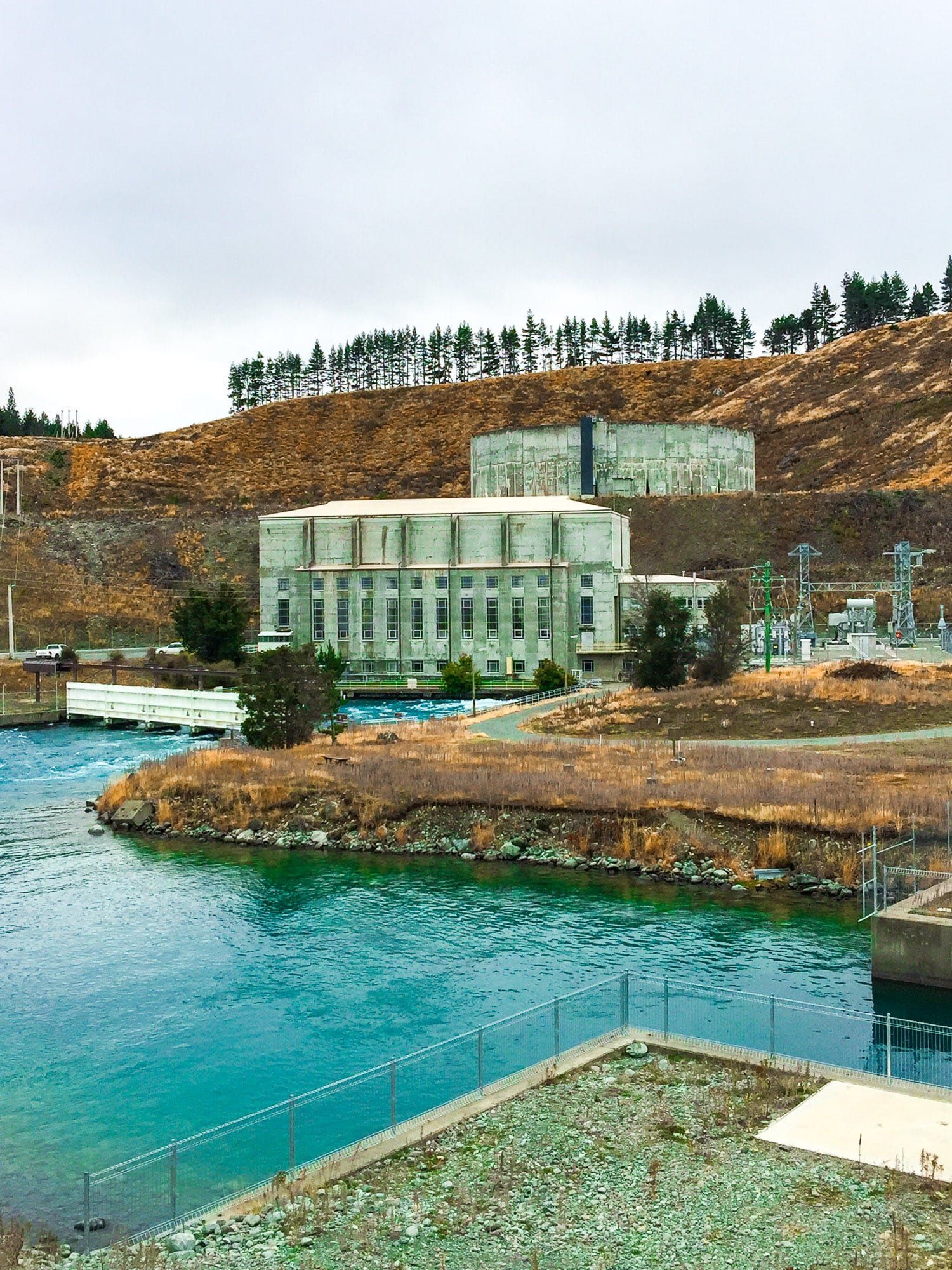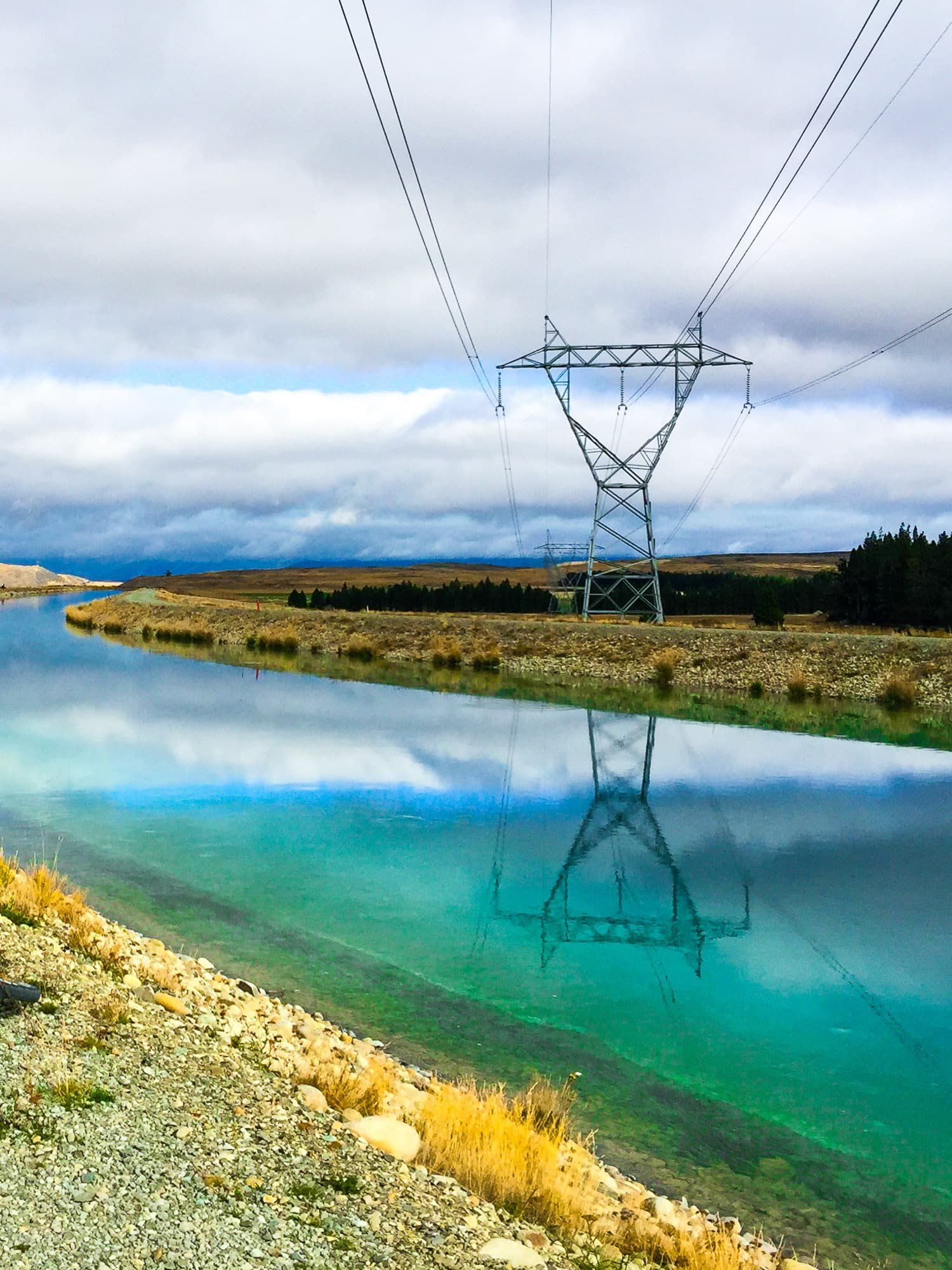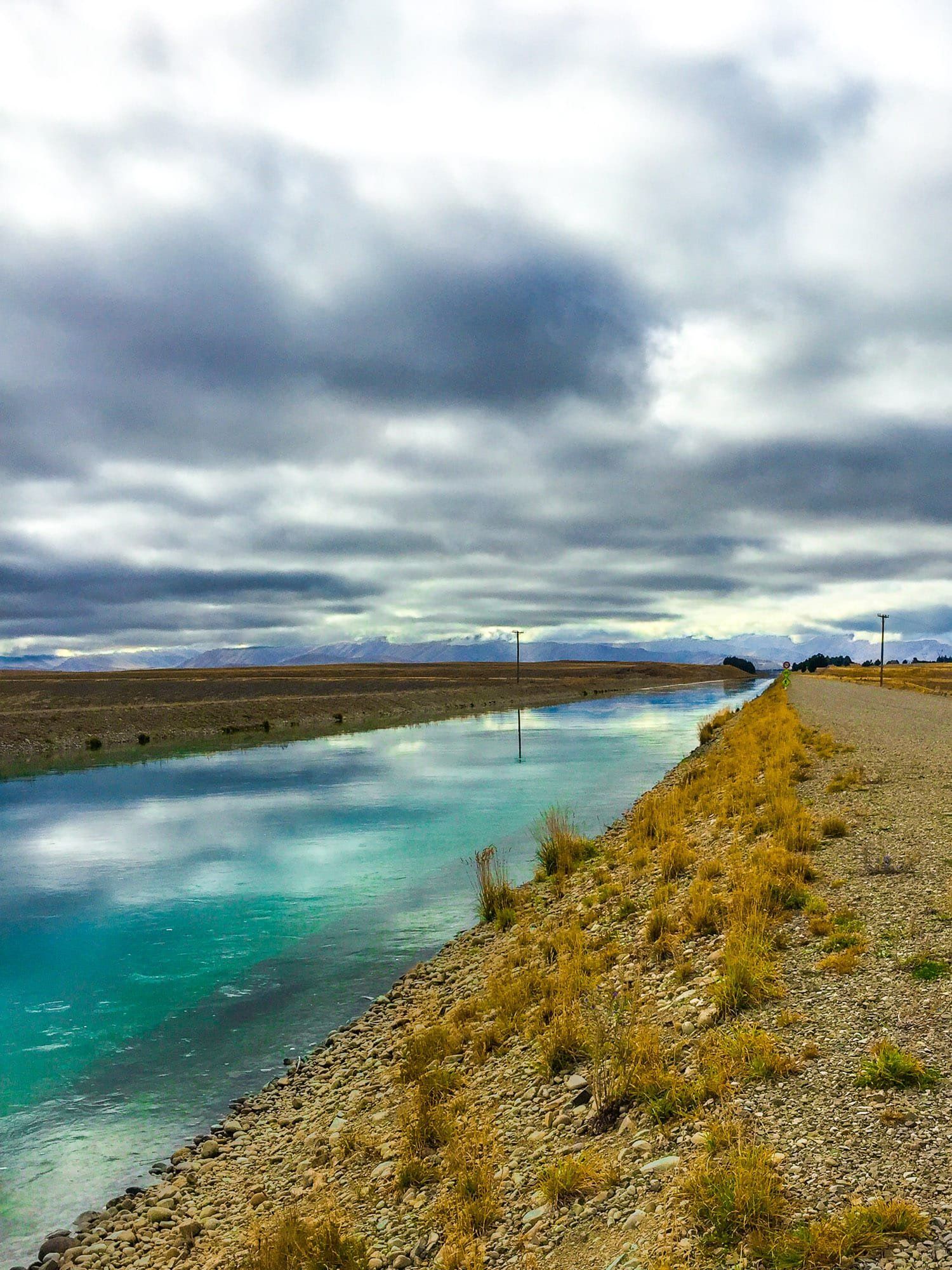A road trip from Geraldine in South Canterbury, through the Mackenzie Country, to Tekapo and then into Central Otago and the Southern Lakes is one of the most scenic in the country. You might make this trip as part of a drive between Christchurch and Wanaka, or because you’re exploring the area.
This journey passes several lakes, extensive hydro power canals, the dry, desert-like conditions of the Mackenzie, the highest mountains in the Southern Alps, and the Dark Sky reserves in Tekapo and Aoraki Mt Cook. In winter there are also snow-capped mountains and (possibly) a dramatic hoar frost.
While this is a road trip you can complete in a day, there’s every reason to take your time.
Geraldine and Peel Forest
Geraldine is one of the prettiest towns in South Canterbury. It has long been a centre for food production, and it shows – Geraldine has several speciality food stores and cafes, plus an excellent farmers market on Saturdays. If you have time, stay a night and explore the Peel Forest, a well-preserved ancient forest about 21 km to the north.
Fairlie to Burkes Pass
Once you’ve explored Geraldine, get on the main road towards Tekapo. This will take you across rolling farmland to Fairlie, where you approach the edge of the Southern Alps. At Burkes Pass you rise 500 metres above sea level and then enter Mackenzie Country – and here there’s a profound change of scenery as green farmland becomes dry tussock. The road continues to rise to nearly 800 metres by the time you get to Tekapo.
Mackenzie Country
The Mackenzie Country is one of the driest places in New Zealand, despite parts of it being irrigated for farming over the last two decades. In late spring and summer, look out for fields of lupins.
Hoar Frost in Mackenzie
When it’s winter in Mackenzie Country, you may be lucky enough to experience a hoar frost, which arises after several freezing, foggy days. However, even a normal frost early in the day can be spectacular.
Lake Tekapo
Lake Tekapo is well-known for its stunning turquoise hue, reflecting the suspension of post glaciation mineral particles in the water (although it does change colour depending on the weather).
The Church of the Good Shepherd, a very small stone building, has also helped to make Lake Tekapo famous, as has its status as the first Dark Sky Reserve in the world. If you can, stay overnight and experience the best star-gazing in the country – or stick around for photos at sunset.
Mount John
While you’re in Tekapo, make sure to visit Mount John, home of the University of Canterbury Observatory. It’s on the south side of the lake and has fantastic views (and a good cafe) at the top.
You can drive up Mount John, or hike from the south end of Lake Tekapo – it’s about an hour each way and steep in places. There’s a modest toll to access the road, and make sure to check opening times before you head up in the afternoon, as they lock the gate.
Lake Alexandrina
Along the road from the Mount John entrance you’ll find Lake Alexandrina, a small, pretty lake. There are a few holiday homes and a camping area, but otherwise you have the sense of being well away from the rest of the world. From here, there’s just a metal road that takes you a bit closer to the mountains – and then it’s just wide open spaces.
Tekapo Canal
Rather than taking the main highway from Tekapo to Lake Pukaki, turn onto Tekapo Canal Road by the Tekapo power station – from here you can drive with the Tekapo River on one side and the hydro canal on the other.
It’s quite remarkable to realise that the natural lakes in this region are connected by hydro canals, leading to the manmade Lake Benmore at the head of the Waitaki Valley Hydro scheme. The canals themselves are often a stunning and reflective aqua blue, similar to Tekapo and Pukaki.
Stay on the canal road until you reach Lake Pukaki and another power station, then follow the lake back to the highway.
Interested in more South Island Trip Ideas?
Check out our recent posts about Milford Sound, Queenstown, the West Coast, and Dunedin.
